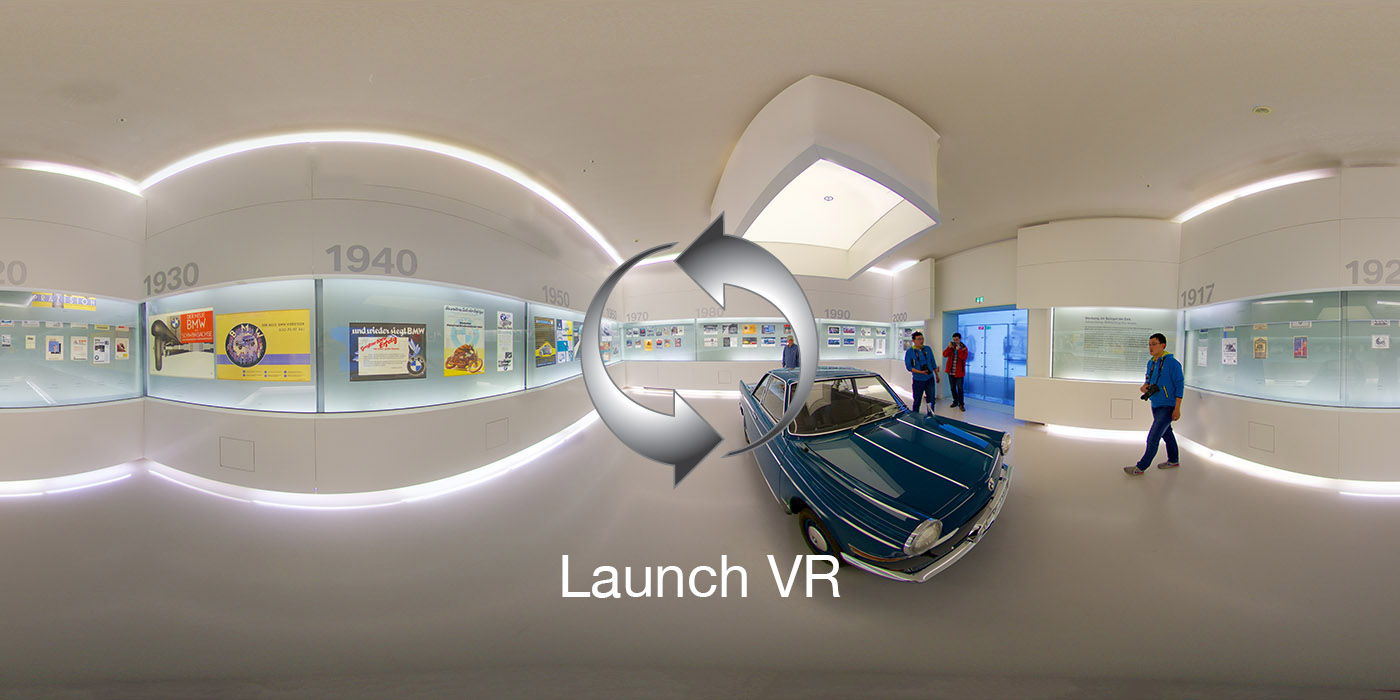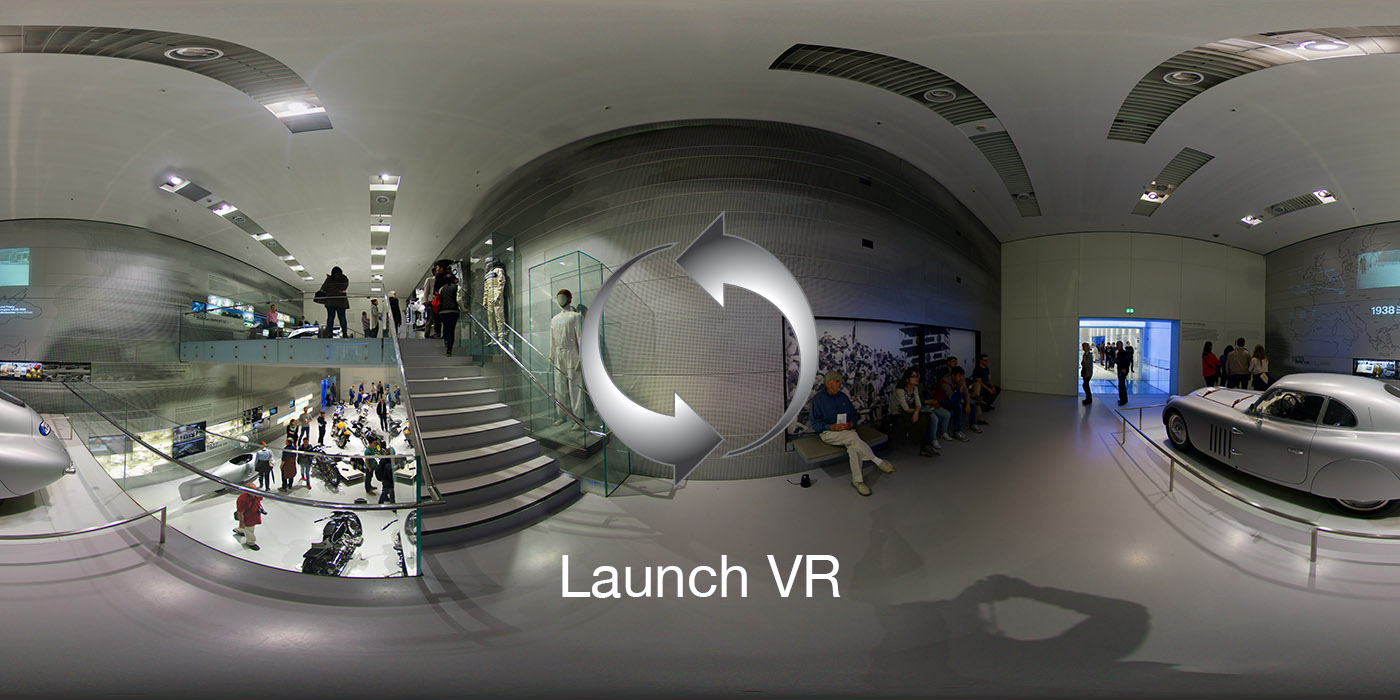For years, people have constructed cairns, a human-made stack of stones, as landmarks, monuments or tributes. These days, hikers will add a rock to a cairn as they reach a summit of a mountain or a turning point on a trail. The longer one sits across from Khalid Halim in Reboot’s San Francisco office, the more one realizes his sofa is a modern day cairn. Instead of stones, well-known tech leaders, angels and VCs have dropped their guard there—along with their stories, ambitions and fears. It marks the start of many technologists’ inflection points.
Pomp & Circumstance: University of Wisconsin Commencement
A few images on a rather cold May Saturday. That said, I thought the program was interesting (particularly some of the student remarks) and timely for observers, parents, students and staff.

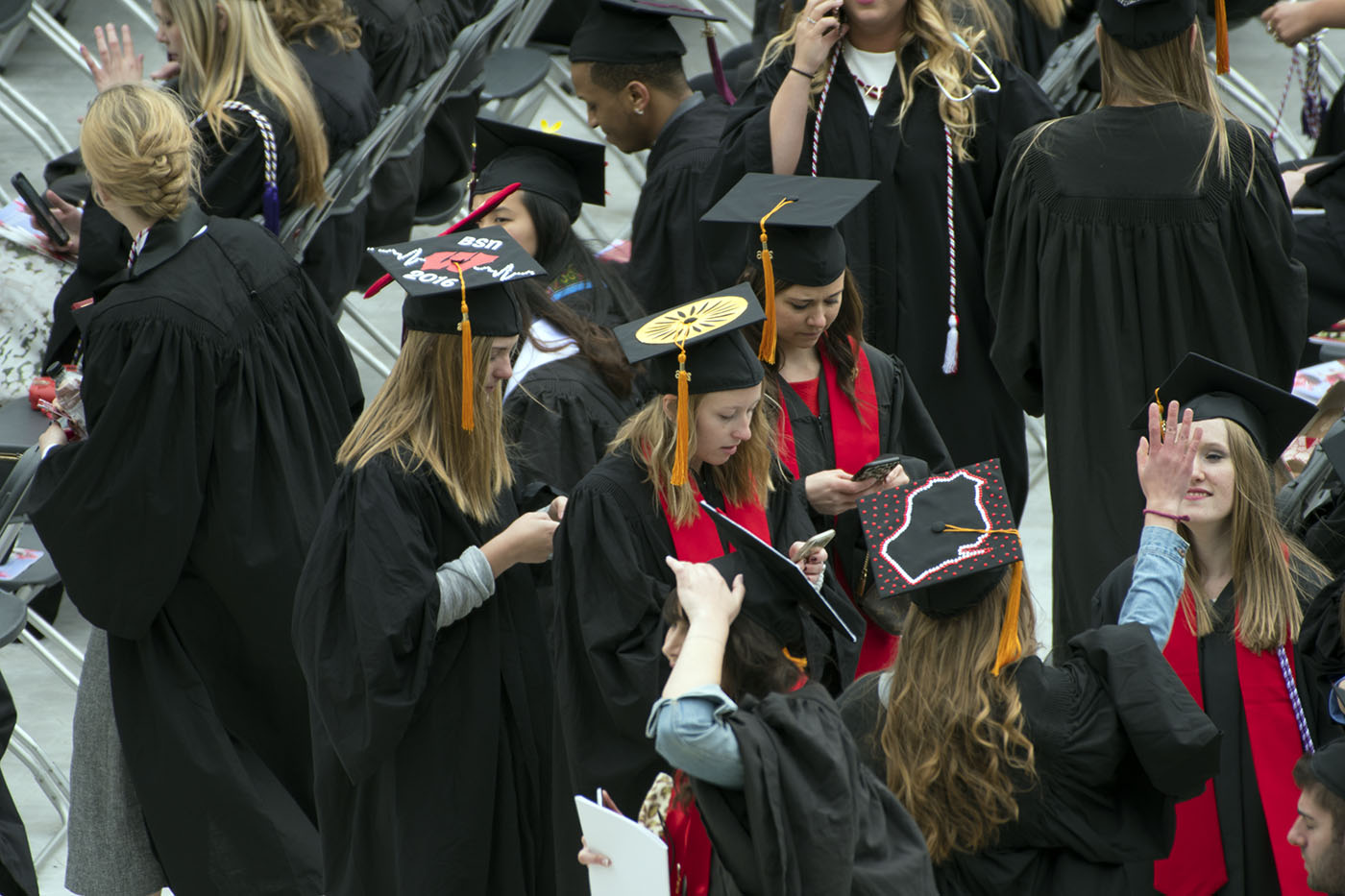
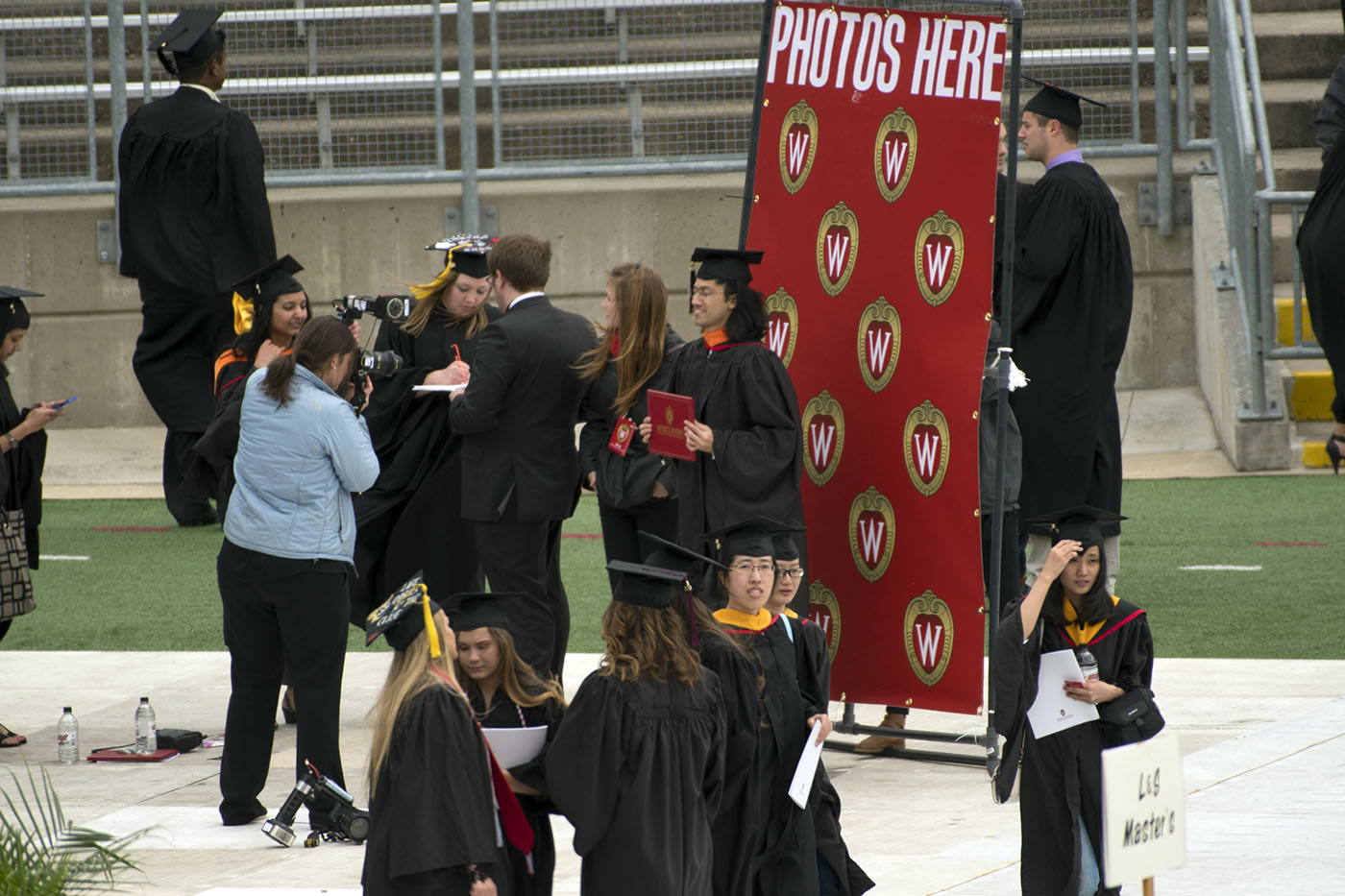
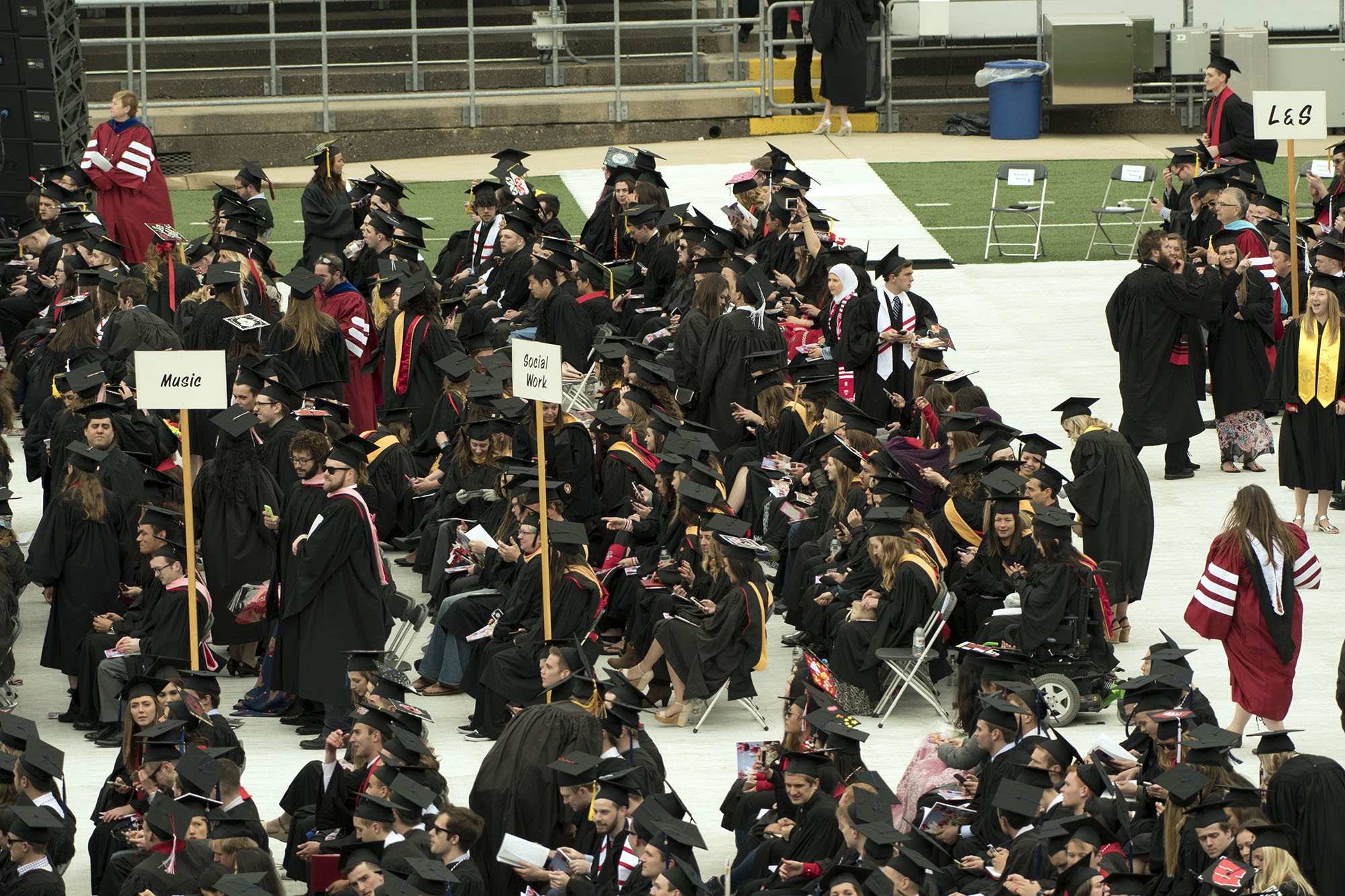
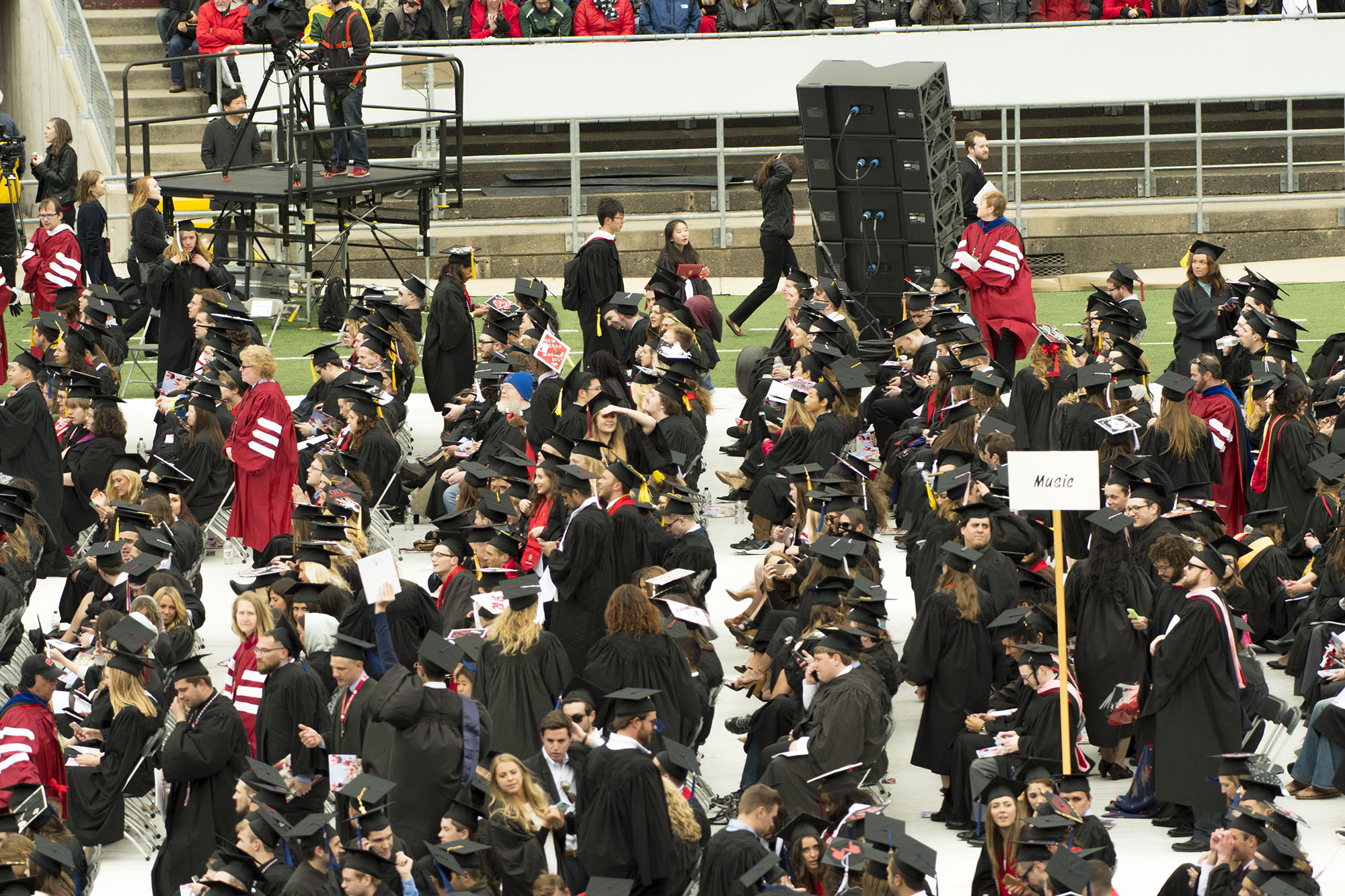
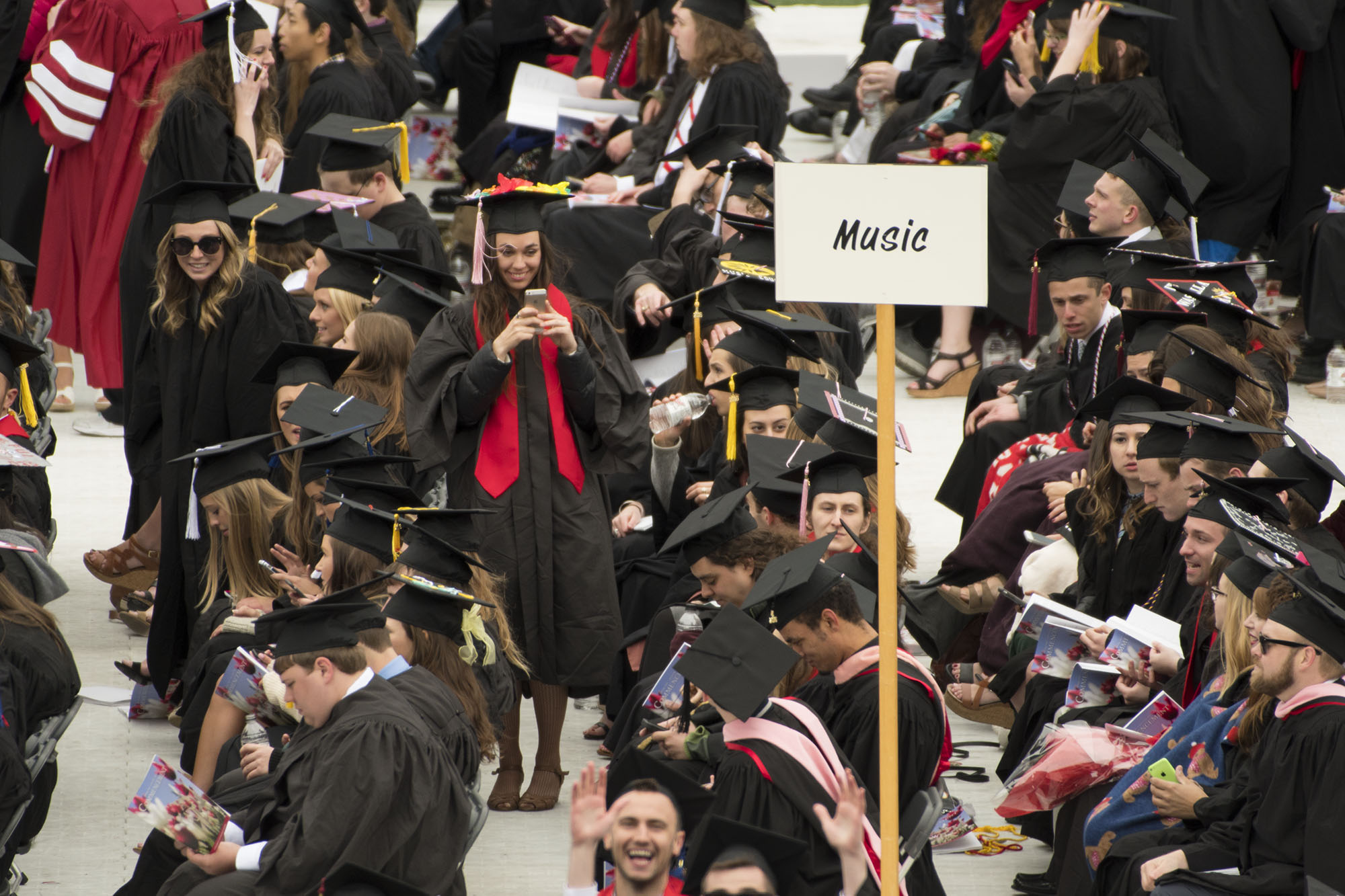
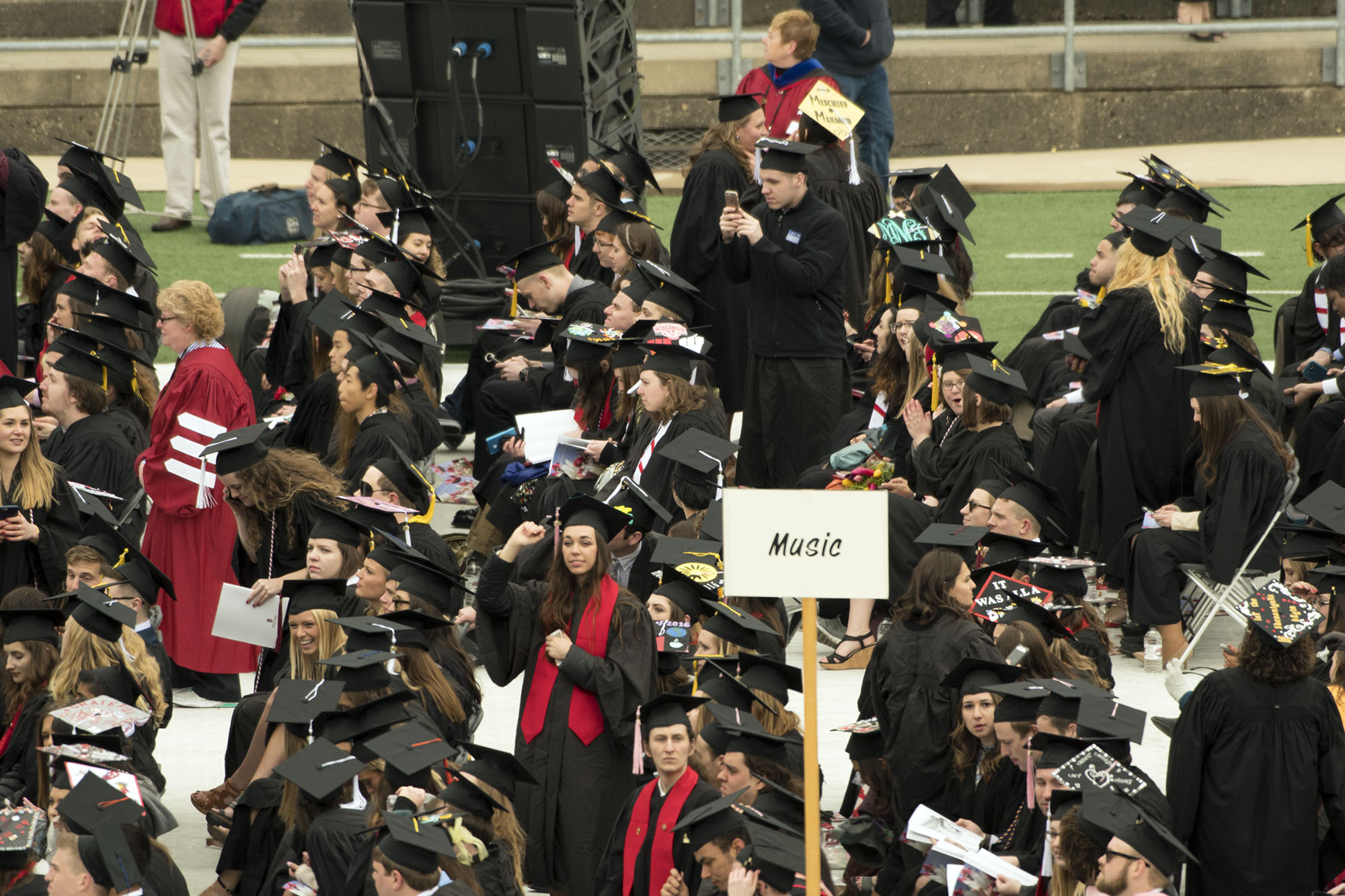
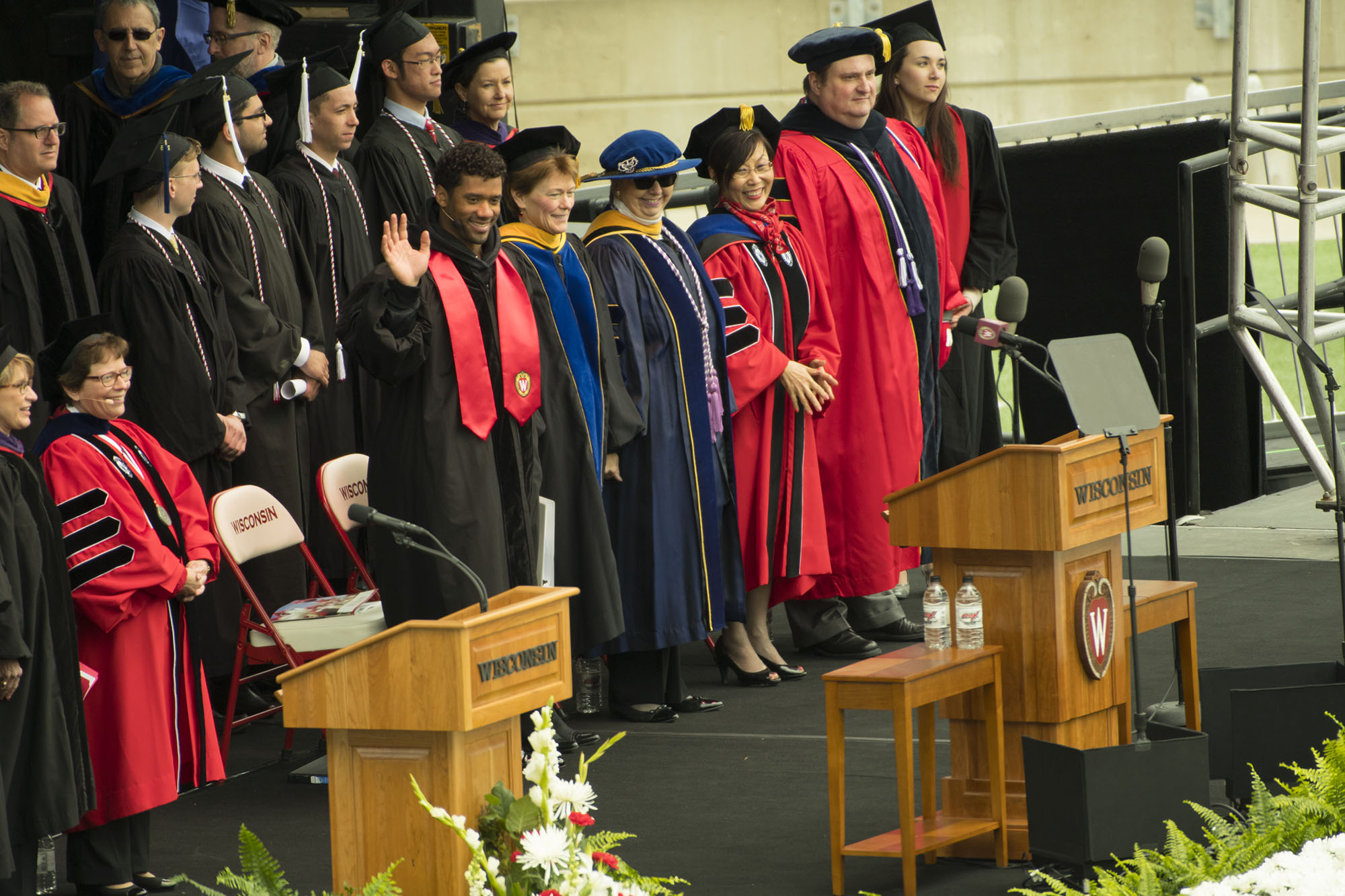
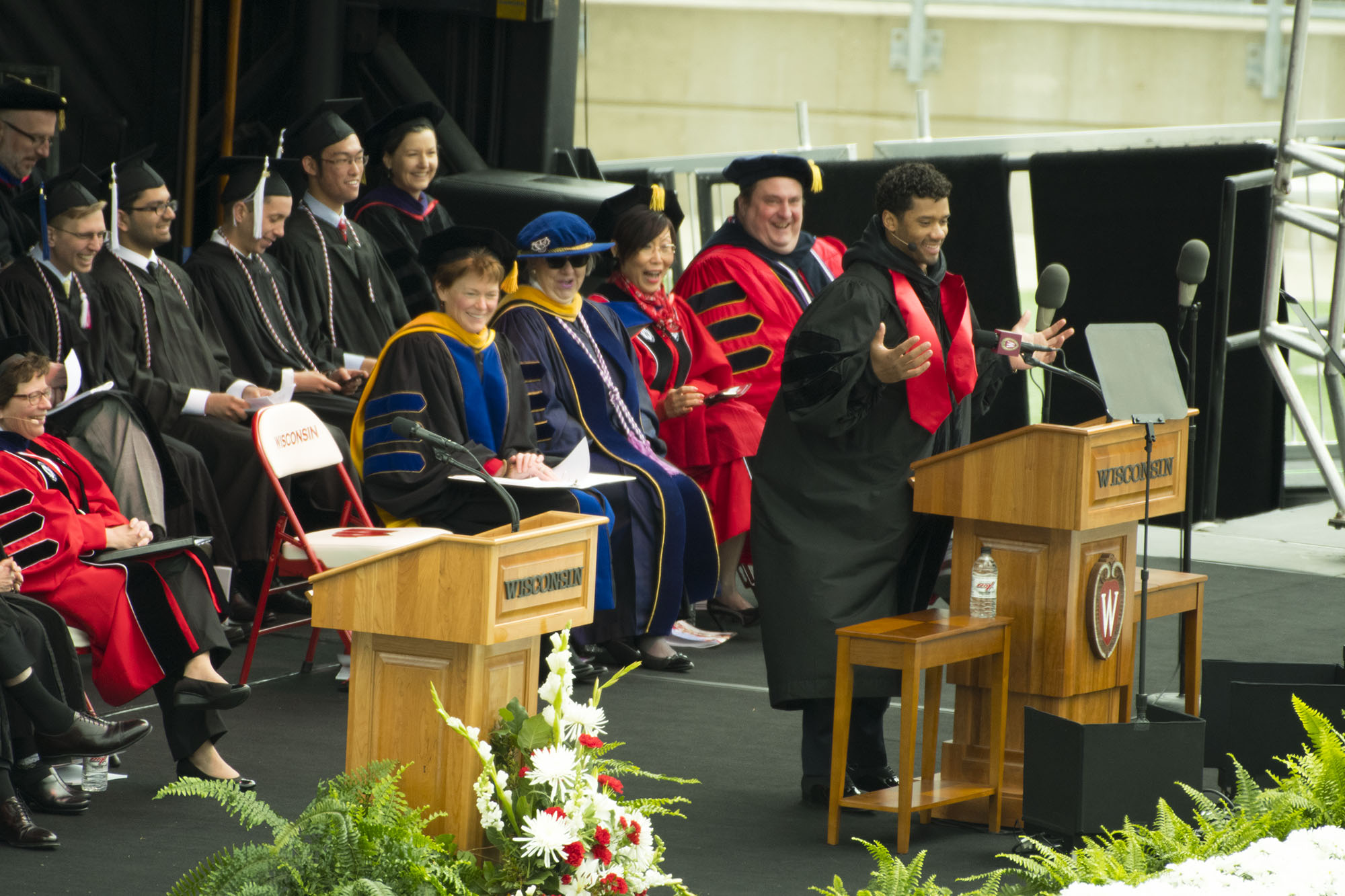
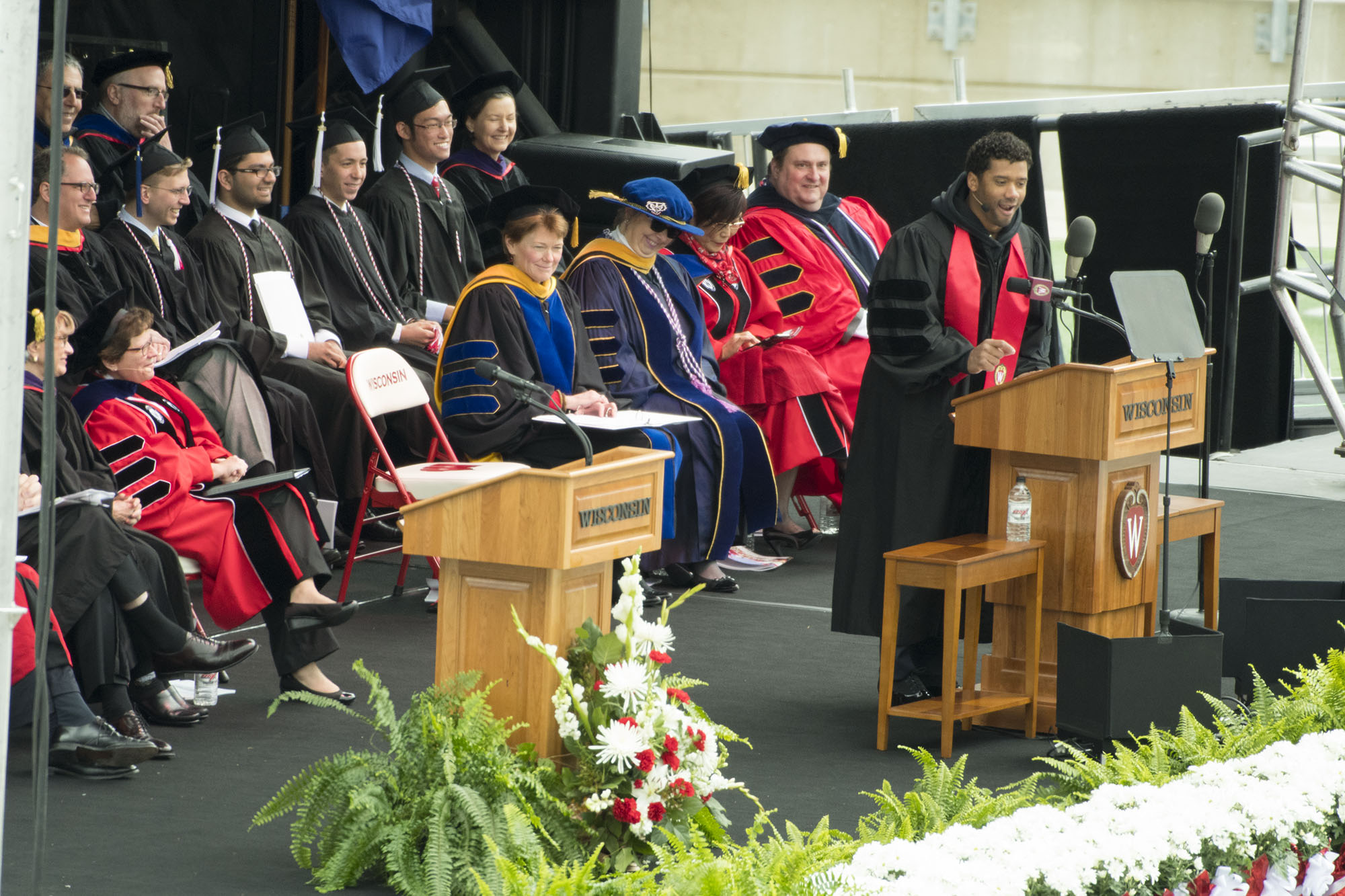
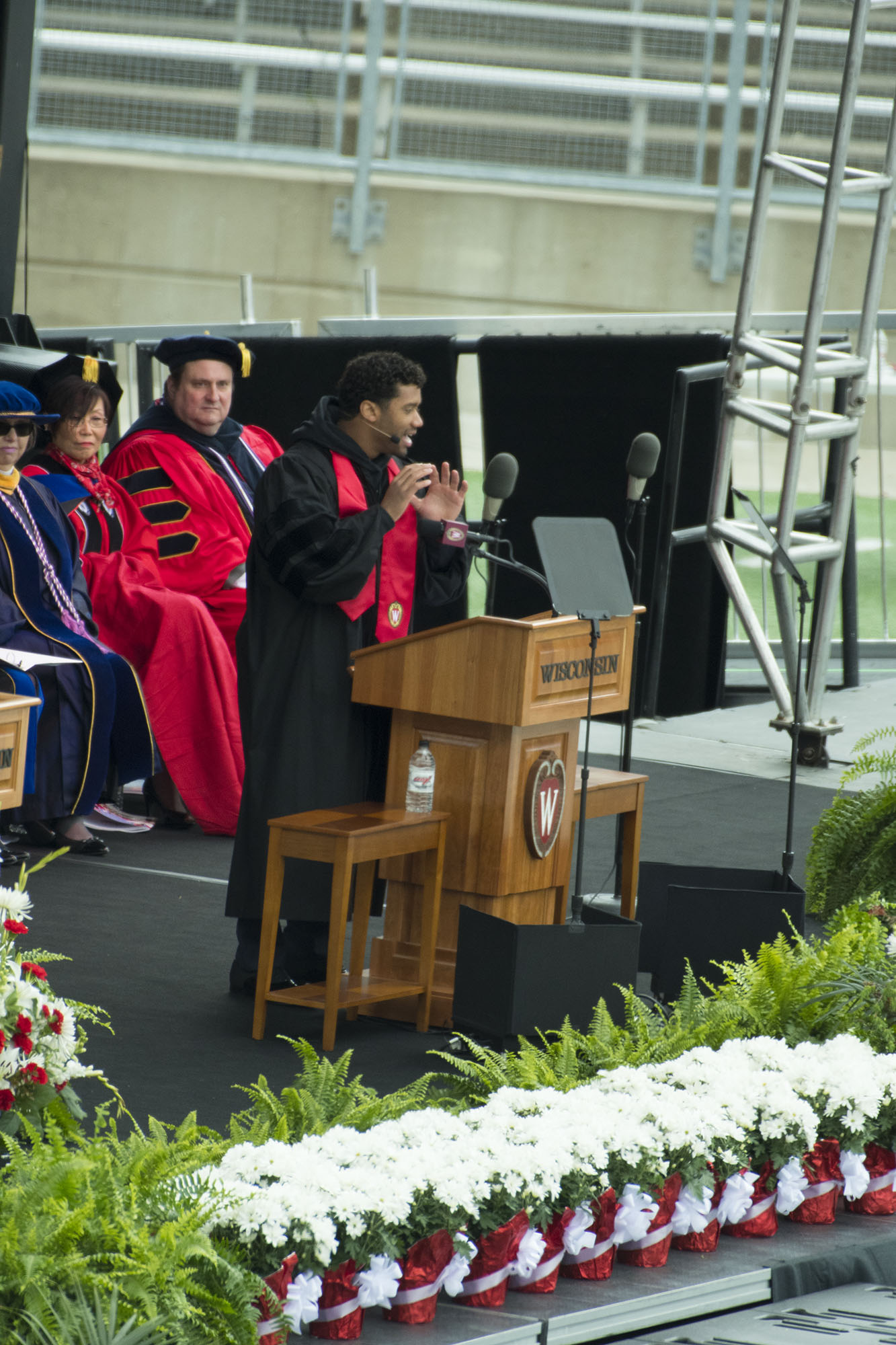
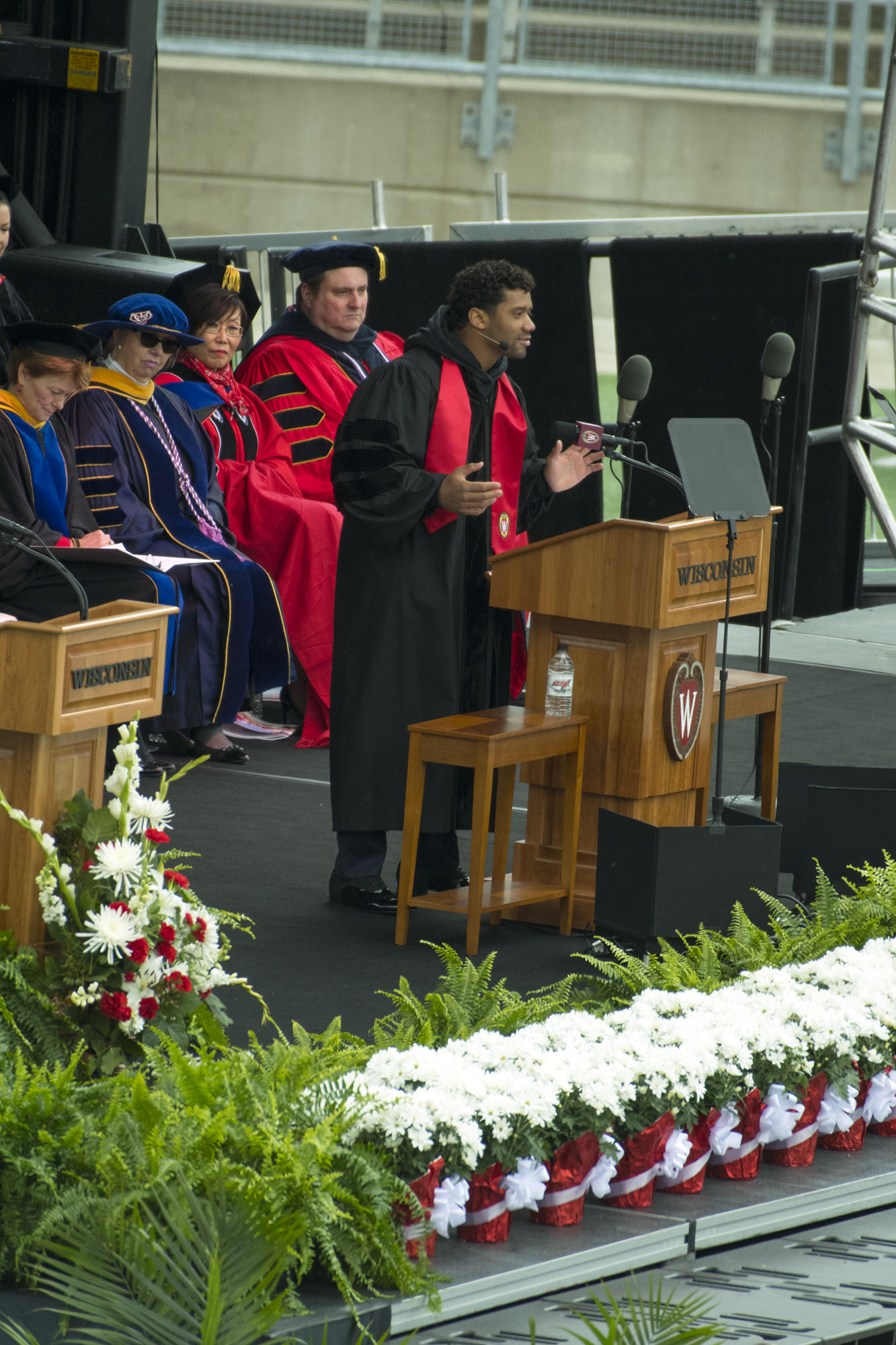
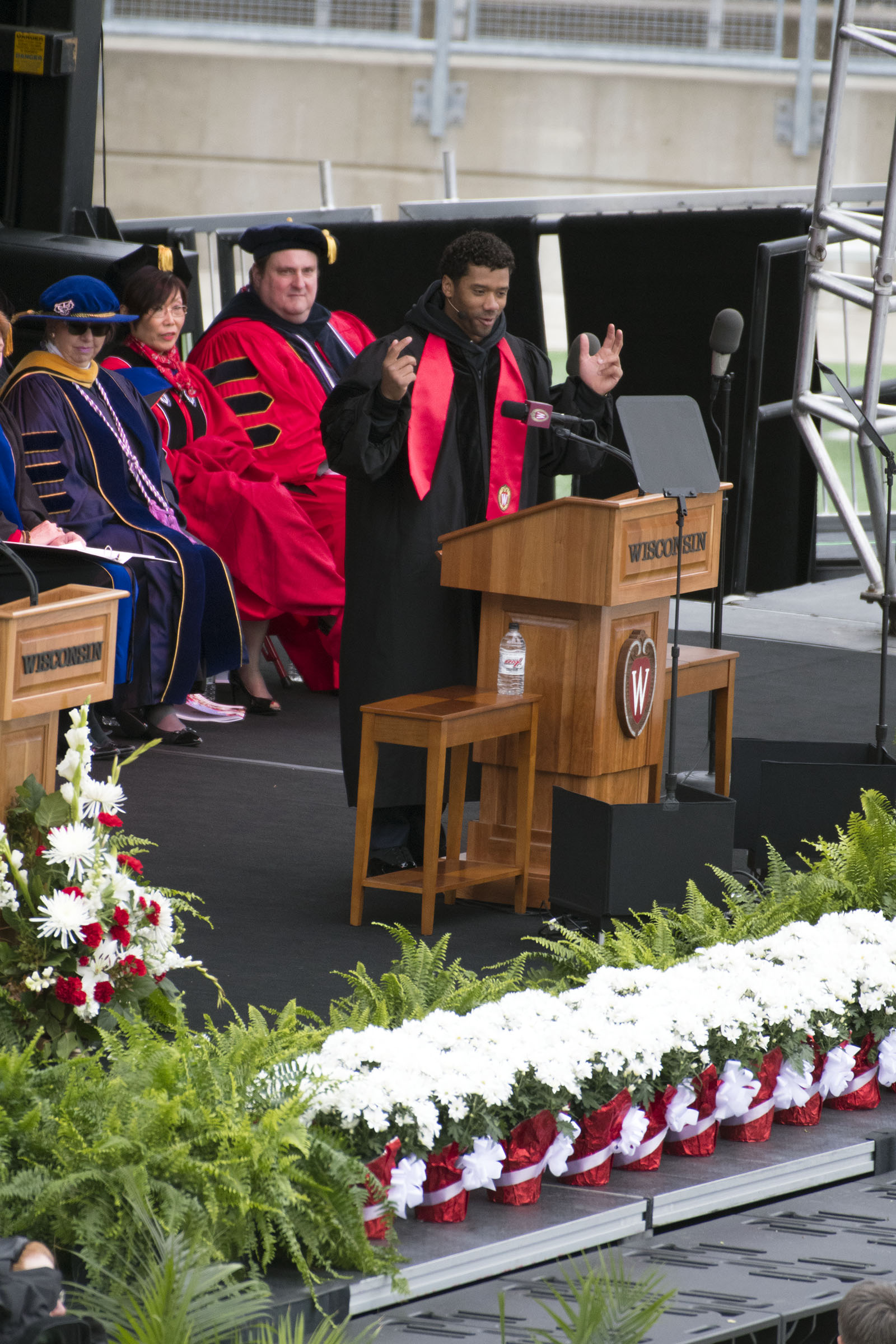
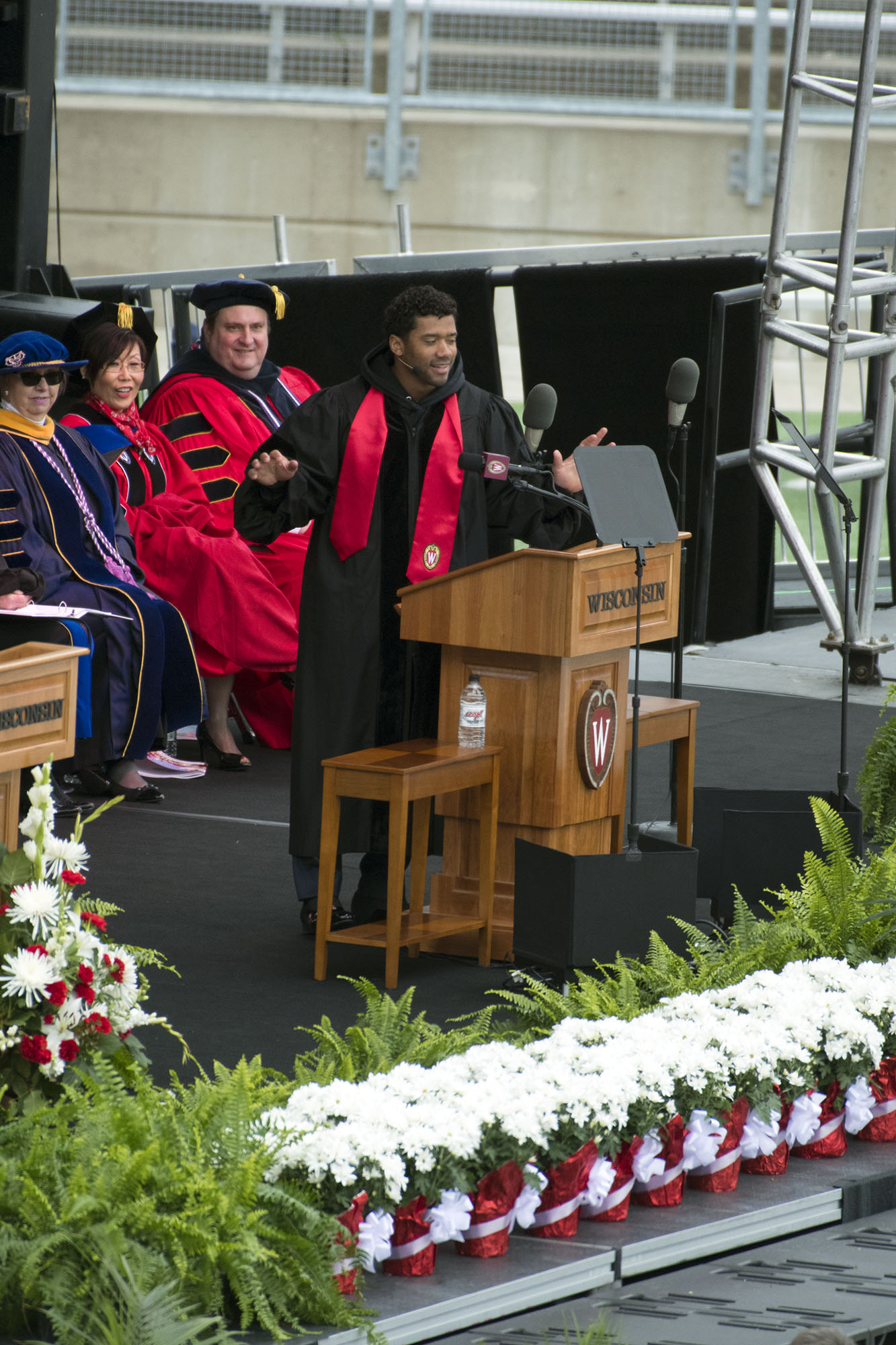
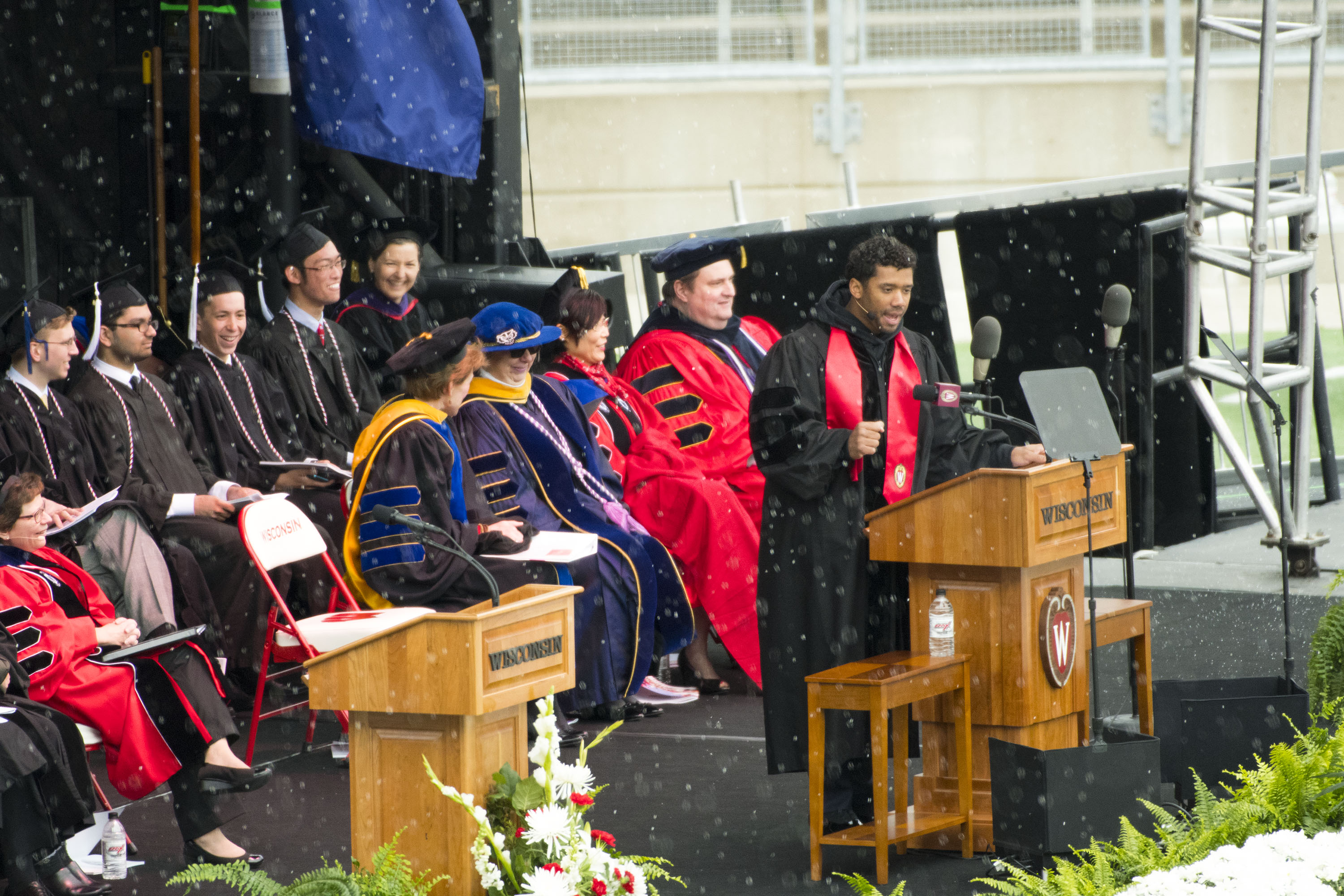
Yes, it did hail briefly during Russell Wilson’s remarkable remarks.
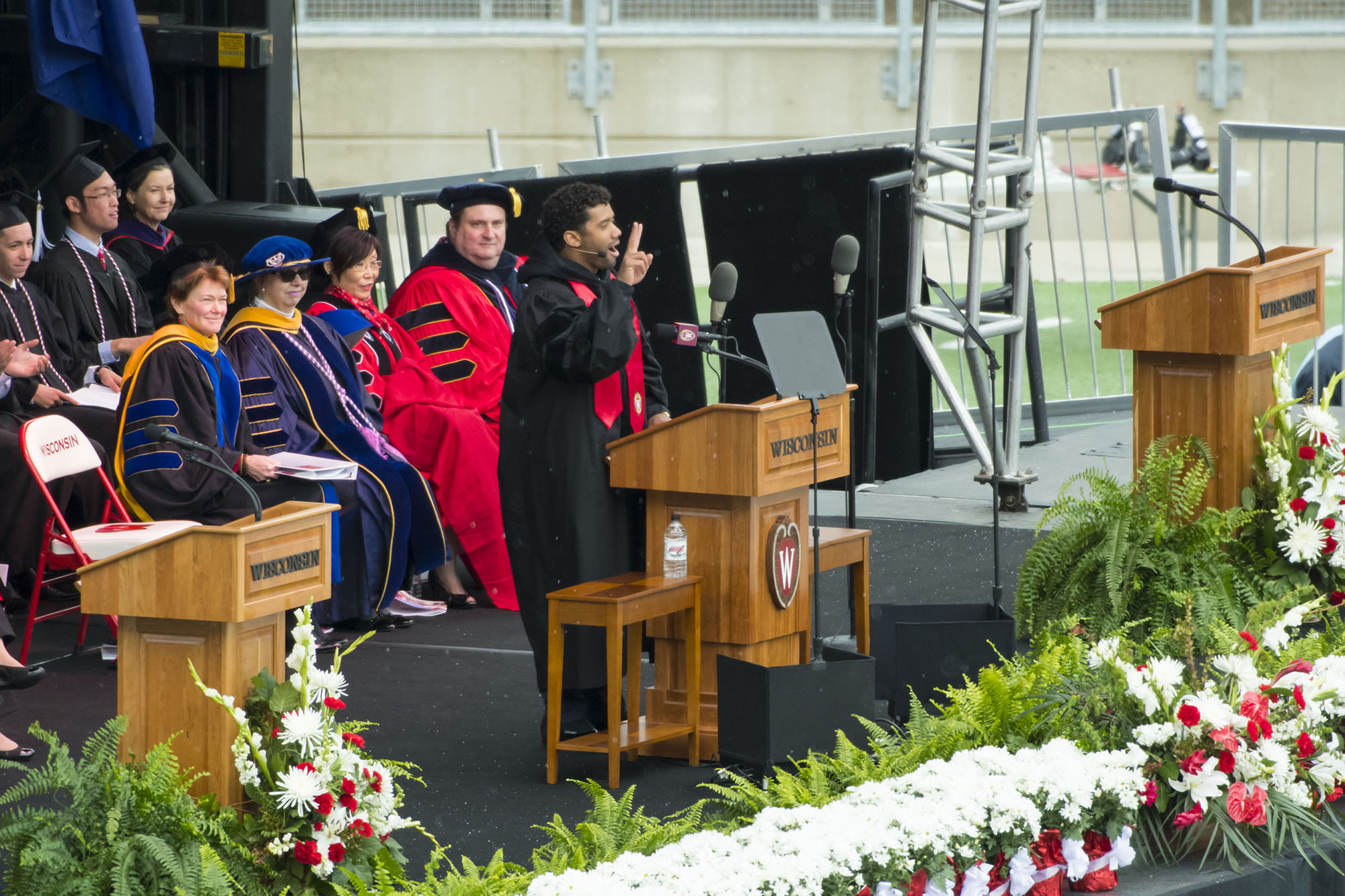
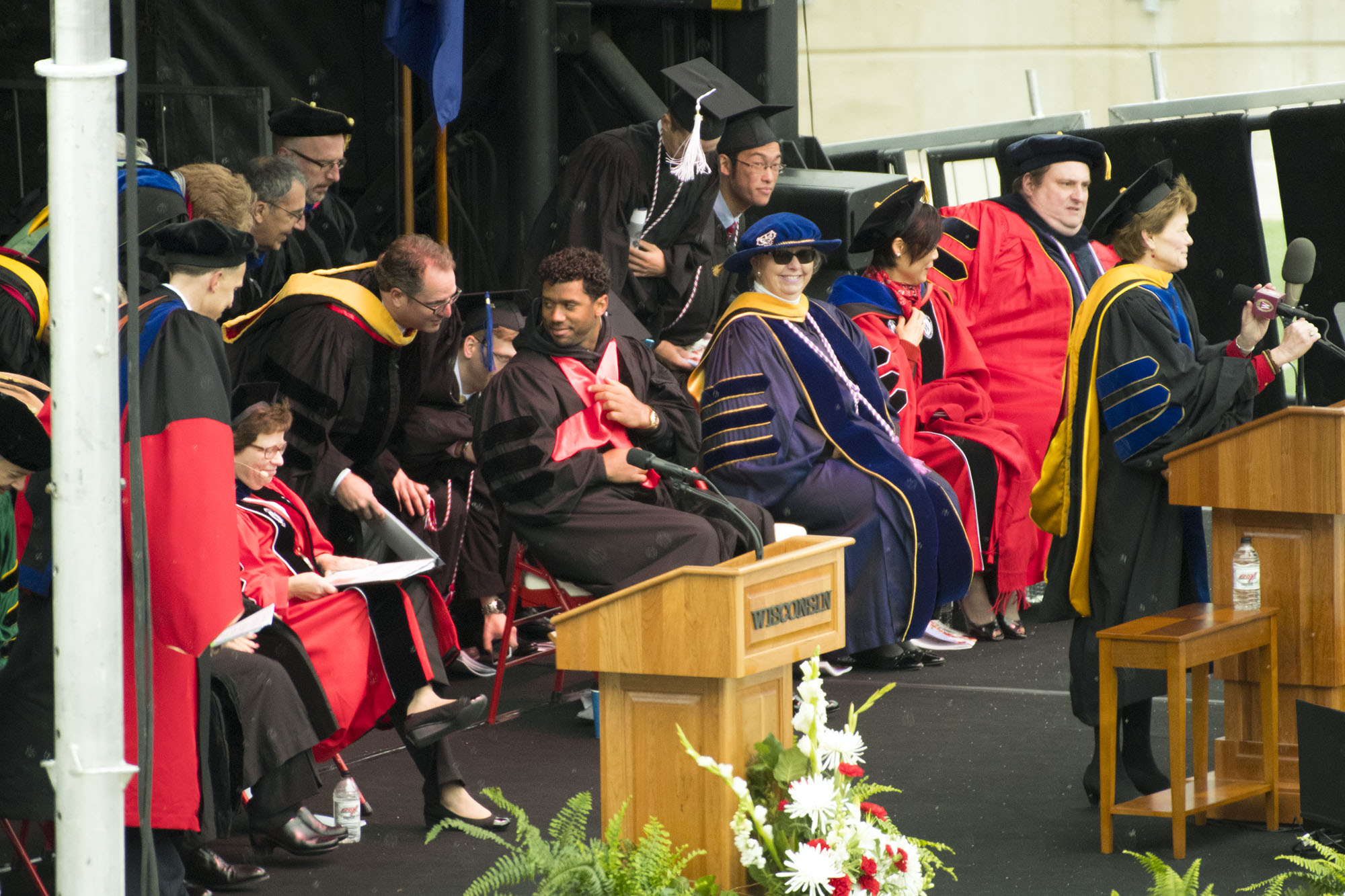
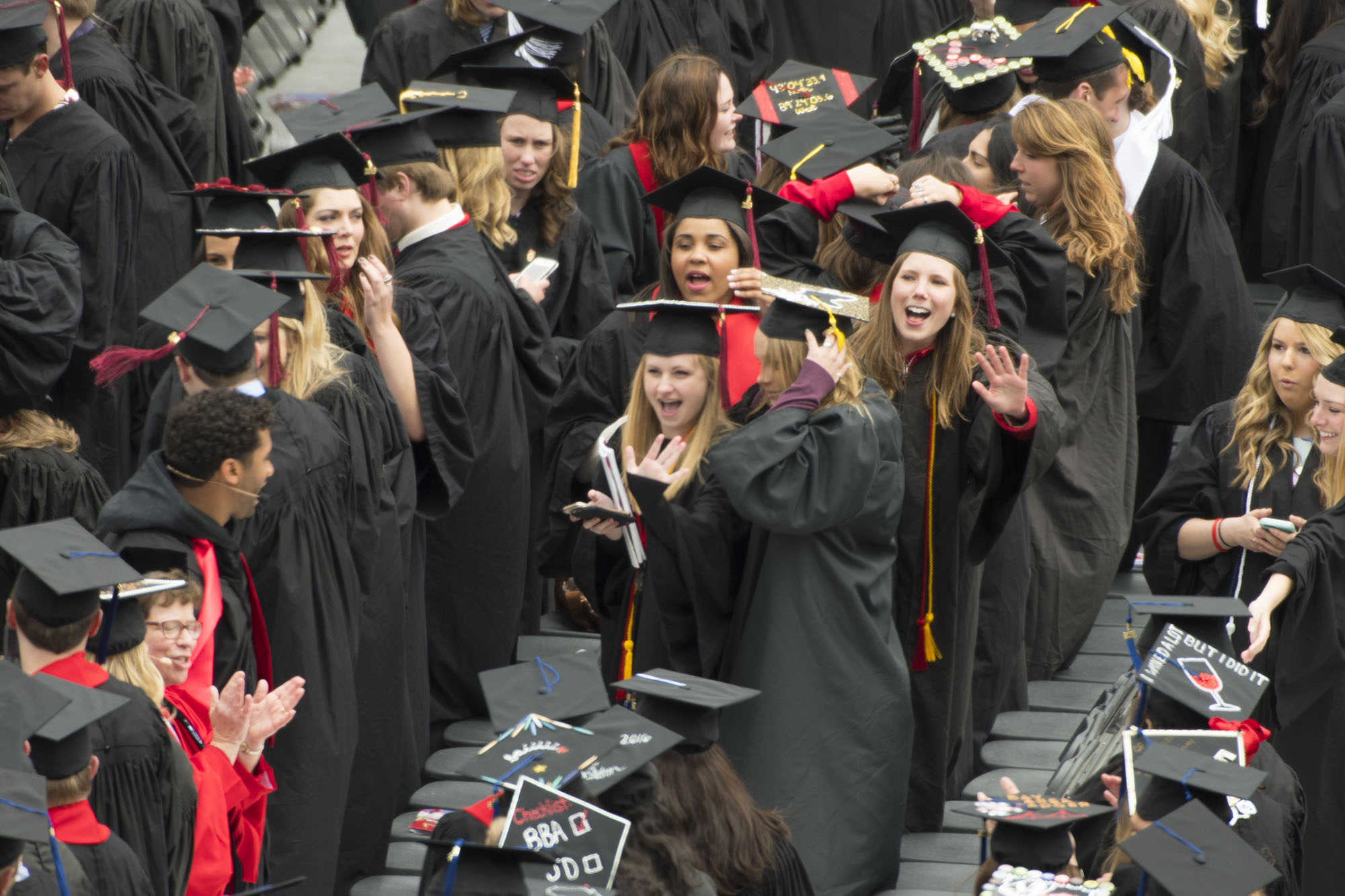
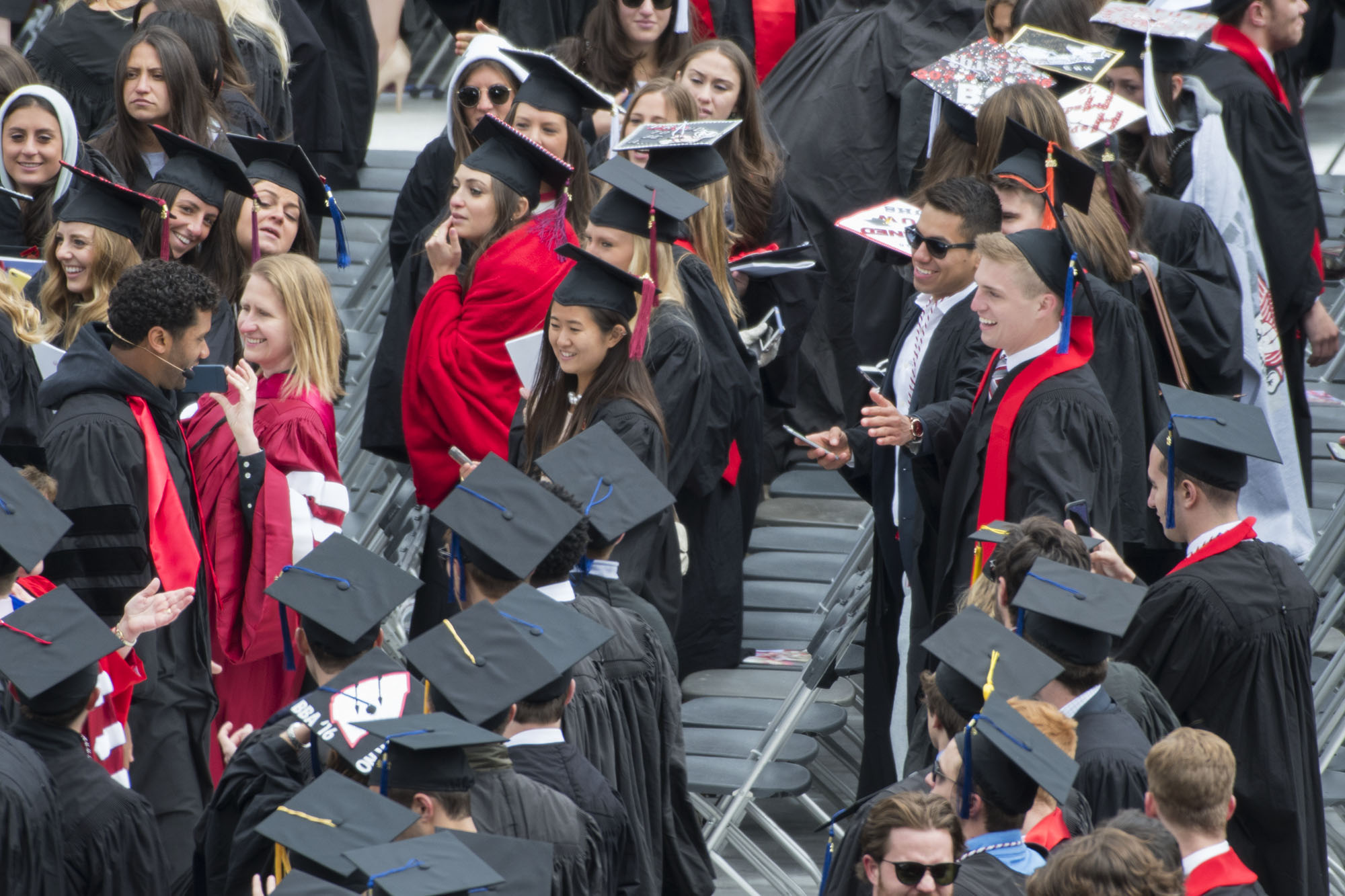
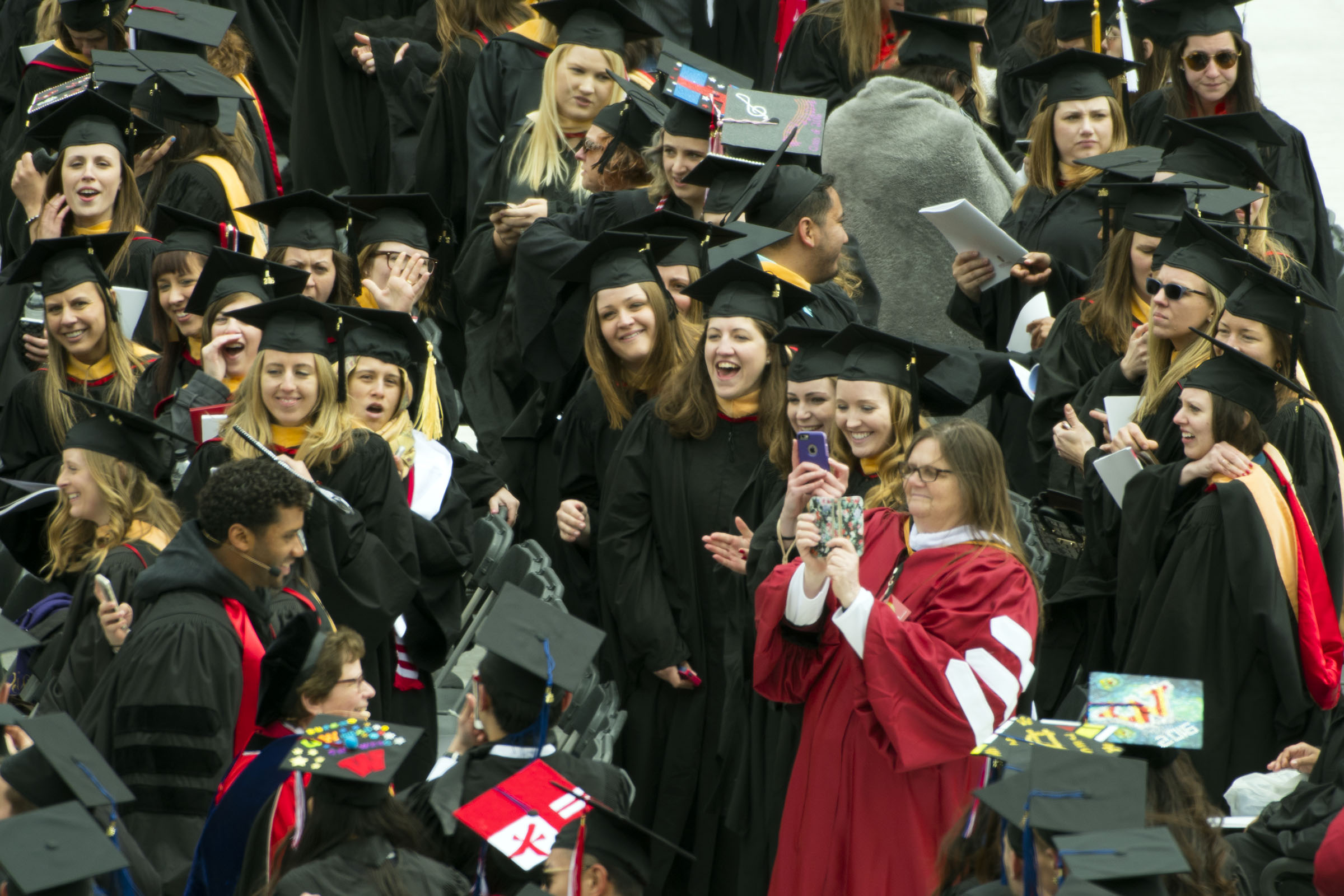
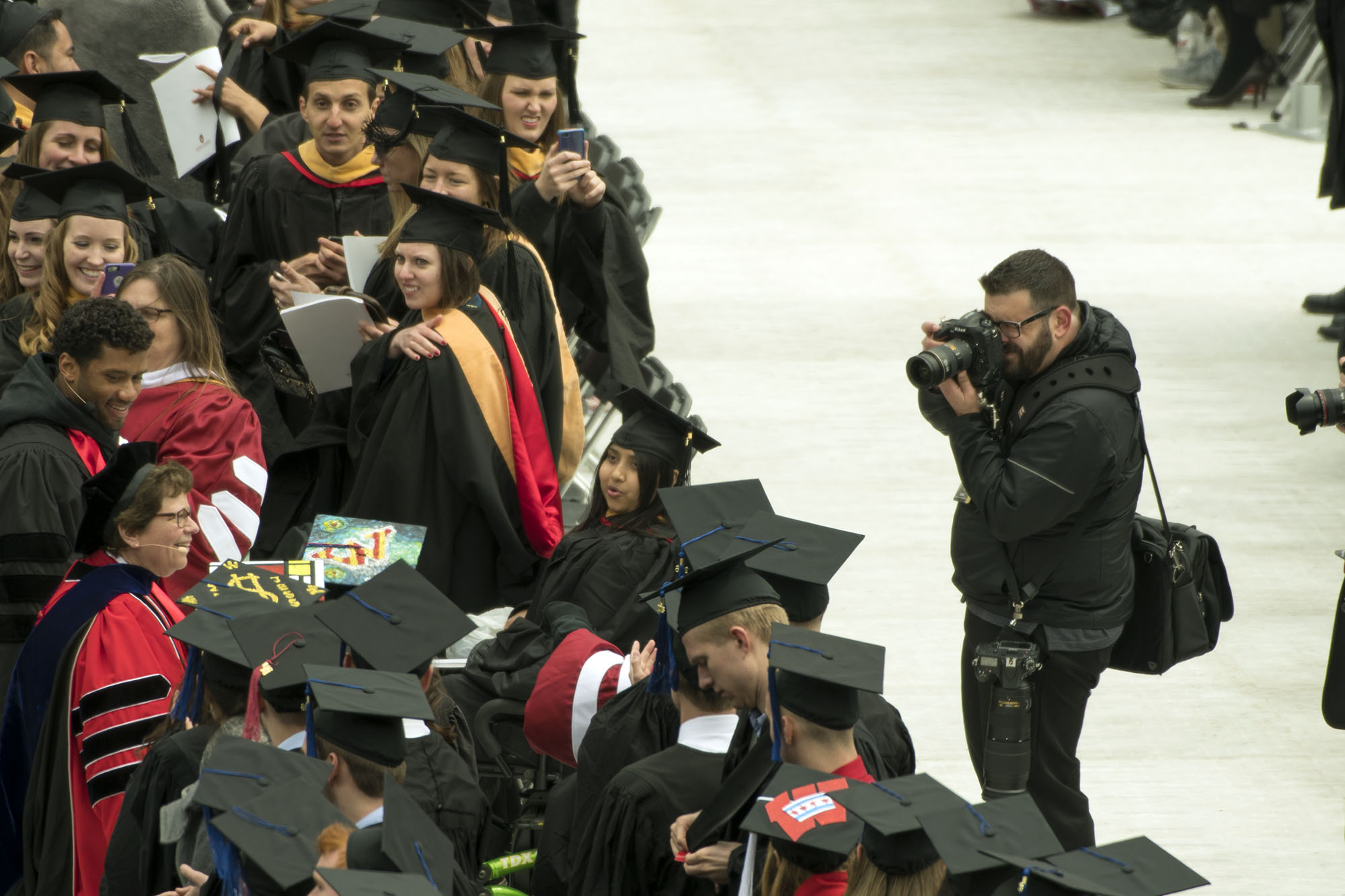
Chancellor Rebecca Blank leads the procession as the 2016 Spring Commencement draws to a close. Blank’s remarks were worthwhile, if not inspirational.
Tap on the last two images to view much larger scenes.
After analyzing 200 founders’ postmortems, researchers say these are the reasons startups fail
It’s a common adage in Silicon Valley that 90% of startups ultimately fail. To understand why that’s the case, a pair of researchers meticulously pored over 193 blog posts—startup postmortems, if you will—written by founders examining what went wrong.
It was a heartwrenching experience for Kerry Jones, an employees at data-marketing firm Fractl, to be involved in the project. “It’s extremely emotional, and I think it’s really obvious how much of their lives most people sink into their companies,” she says. (Here’s one sample from Zirtual founder Maren Kate: “I cry for all the employees we hurt. I cry for all the clients we infuriated. And I cry for the investors we let down.”)
There are, of course, limitations to this data set. For starters, there are fewer than 200 posts in it, and they all were written by founders willing to share their stories—or the portions of their stories that they were willing to reveal, anyway. “There isn’t some outside entity that went in and evaluated this company,” Jones notes. “That’s something important to keep in mind.”
A Glorious Saturday


What Happens When Your Tech Predictions Tank
In the 1980s, Erik Sandberg-Diment was a household name in Silicon Valley.
He had what was at the time a radical gig at The New York Times, or any other mainstream publication for that matter. He was a software and technology columnist, and wrote weekly reviews and reflections about the burgeoning personal computing industry. It was an era when terms like “pixels,” “megabytes,” and “floppy disks” earned painstaking explanations, and printers came with sound shields because they were so noisy.
How Hyperconnected Cities Are Taking Over the World, According to Parag Khanna
In the medieval period, empires battled and colluded with each other in the quest for land. The resulting system, in which nations became the main actors on the global stage, is perhaps the one most of us know best. But it’s changing.
We’re now moving toward a new era where insular, political boundaries are no longer as relevant. More and more people are identifying as “global citizens,” and that’s because we’re all more connected than we’ve ever been before. As a result, a “systems change” is taking place in the world today in which cities—not nations—are the key global players, argues Parag Khanna in his new book, Connectography: Mapping the Future of the Global Civilization. In it, Khanna, who is a global strategist and world traveler, writes:
Grace Church Panorama
A beautiful church.
BMW Welt
Minivan’s (!) greeted visitors to BMW’s Welt (Munich) on a somewhat chilly May (2015) day. The aesthetics, cars and vibe were worth the S-Bahn to U3 journey.
Enjoy the images.


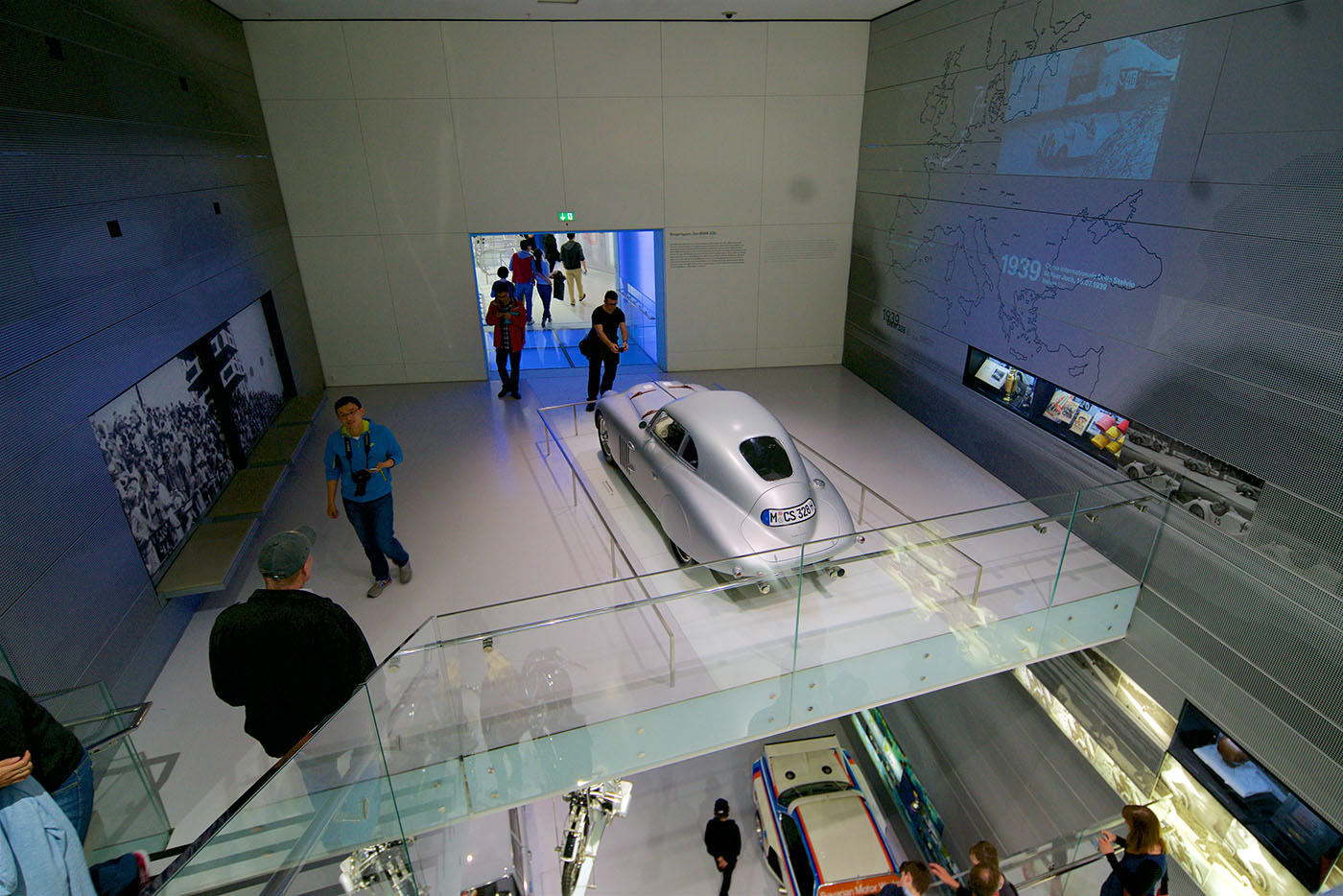
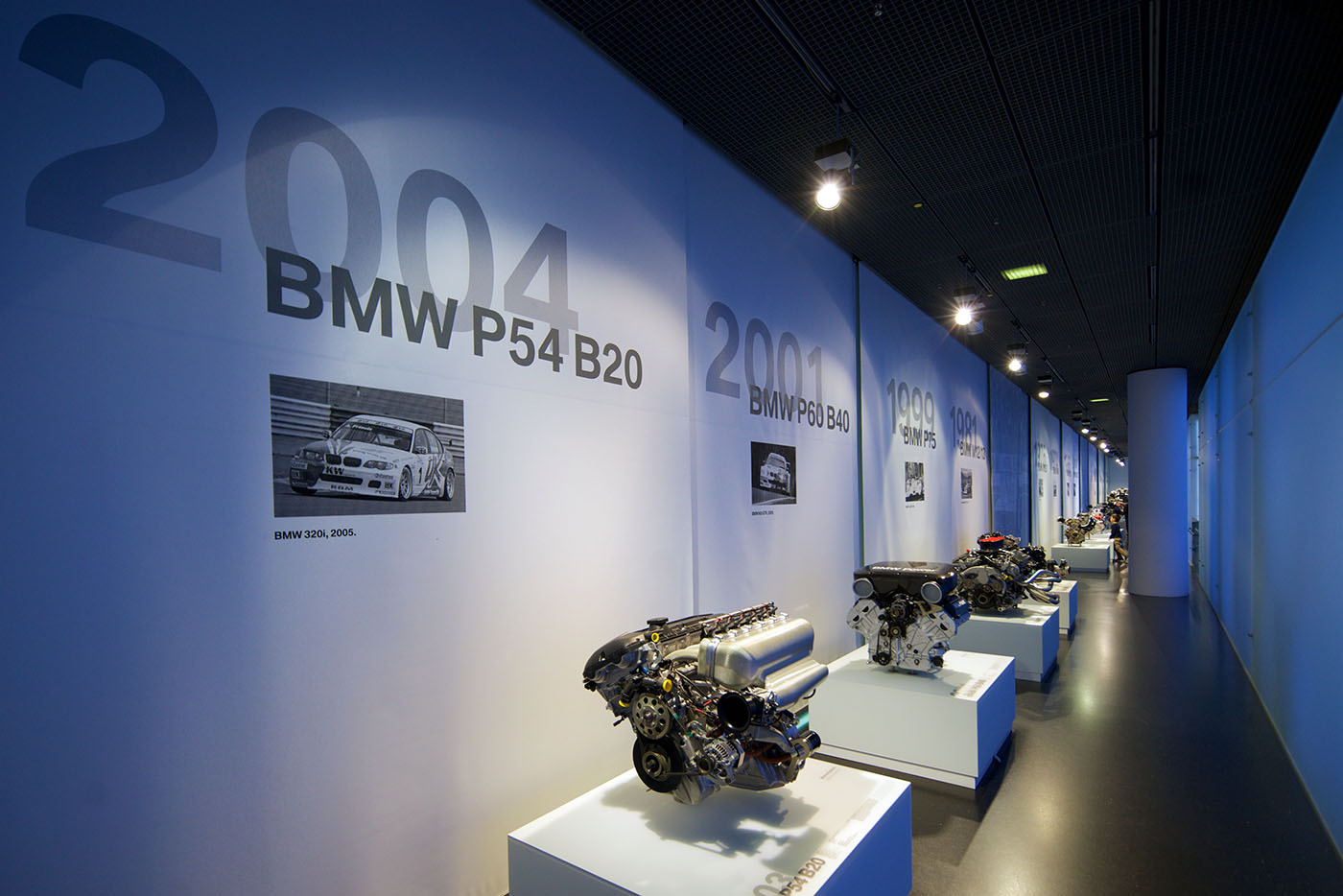
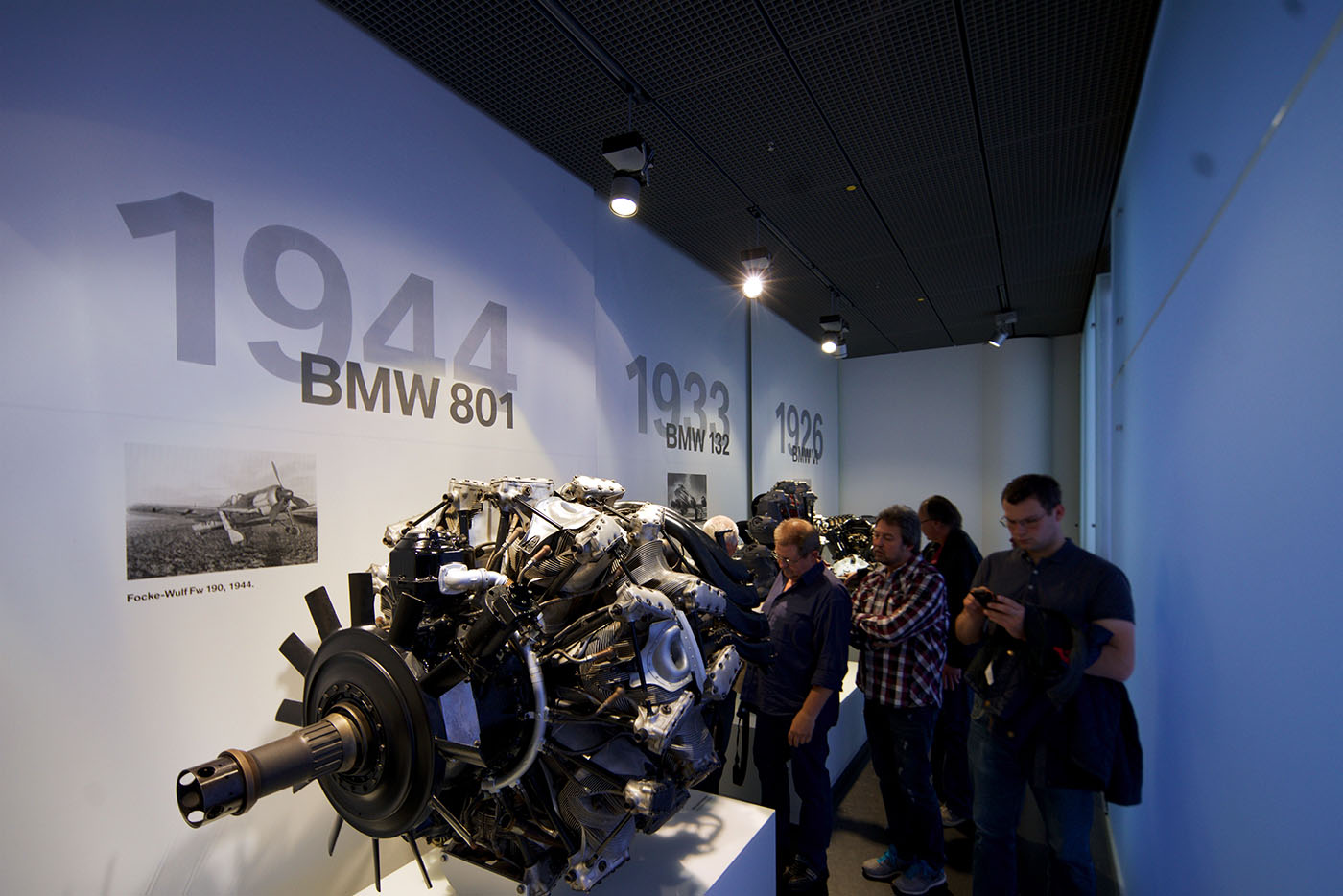
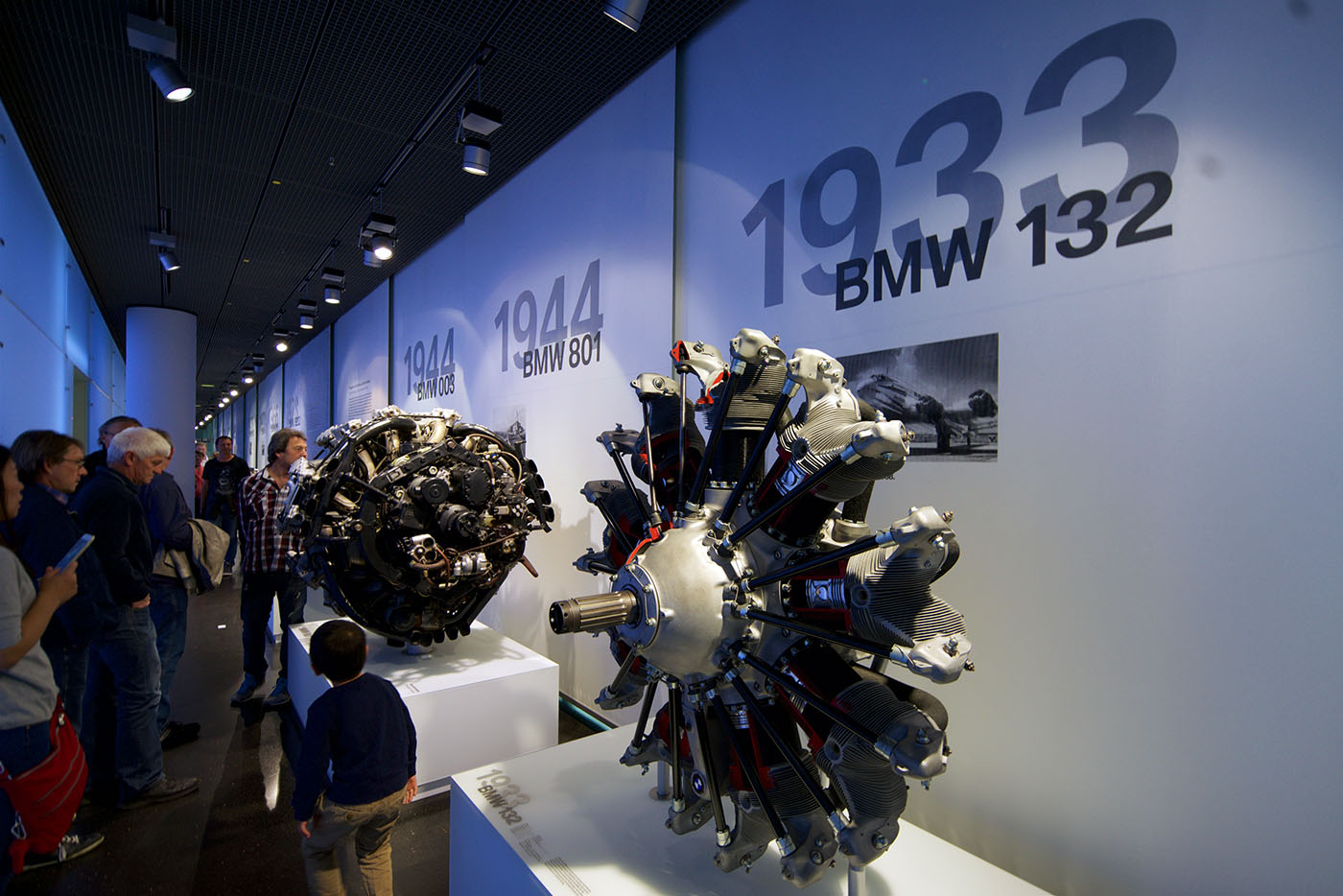
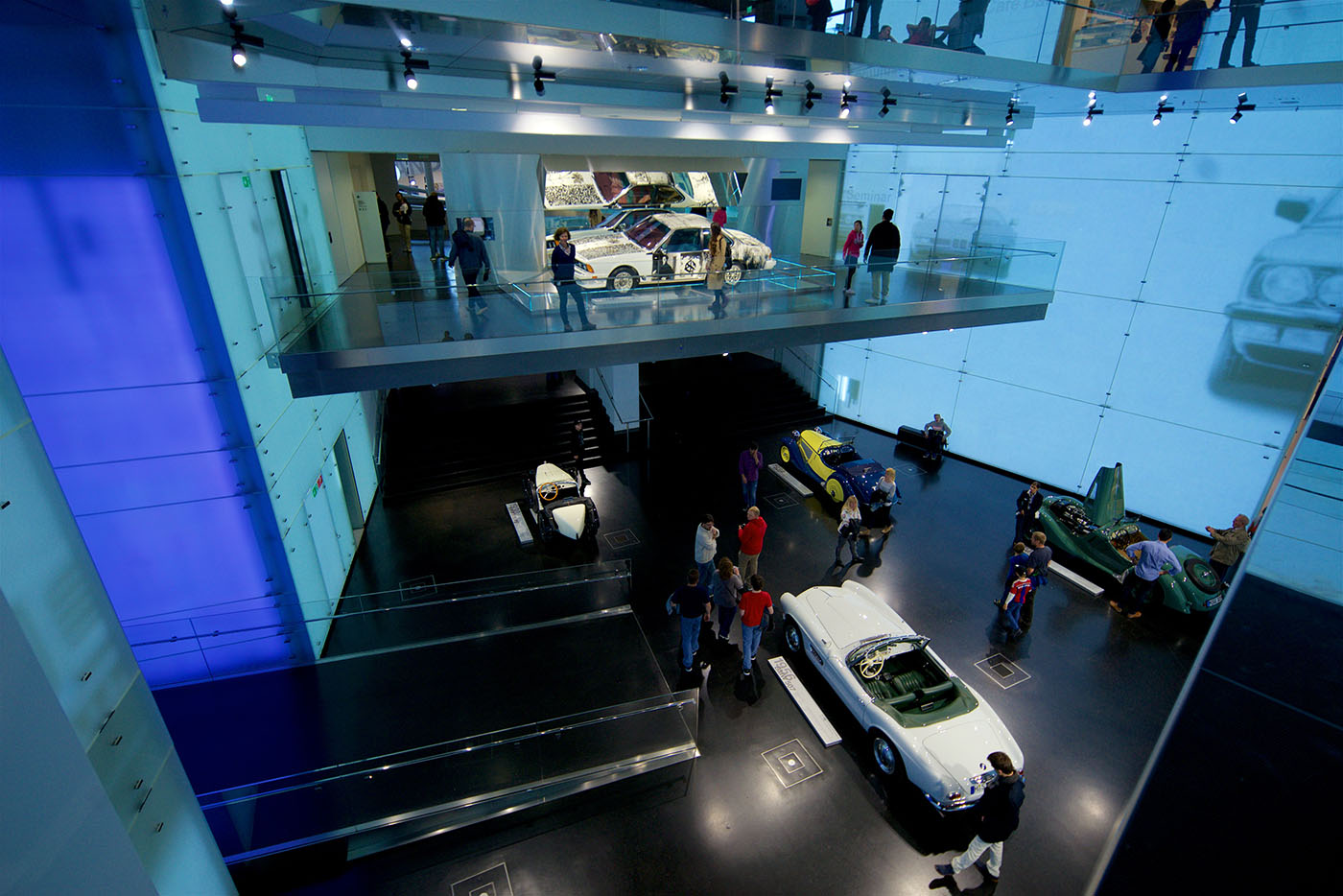

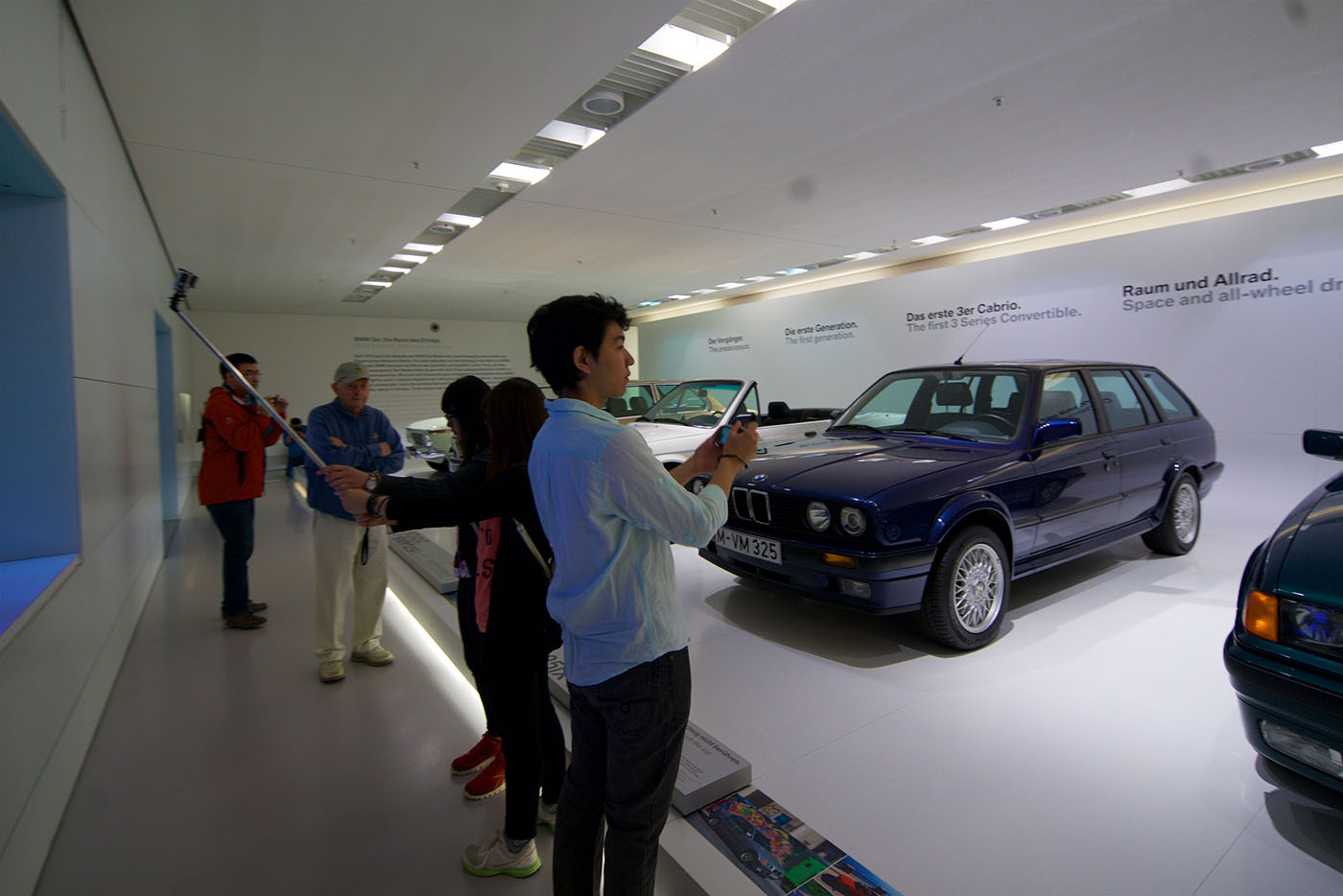
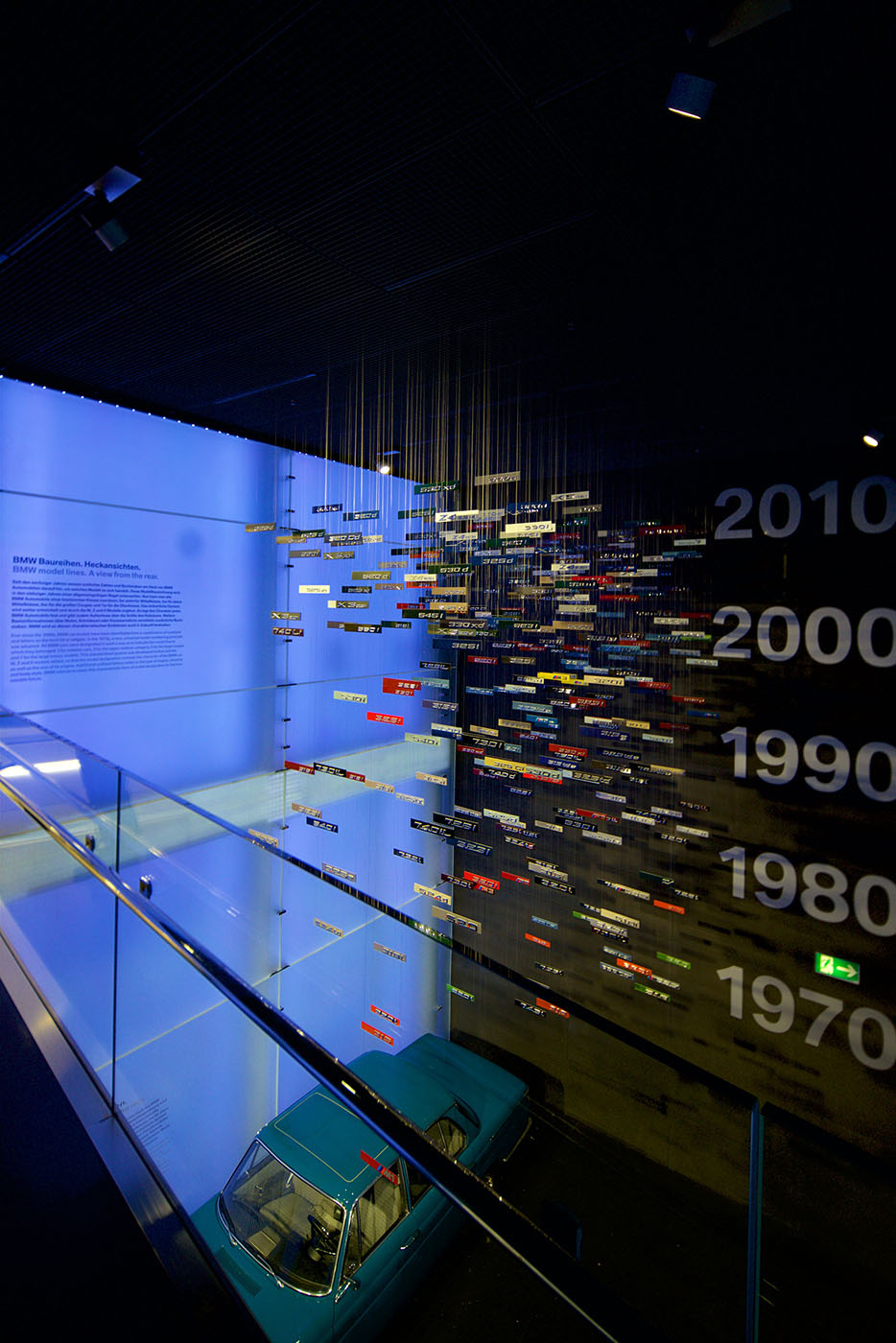
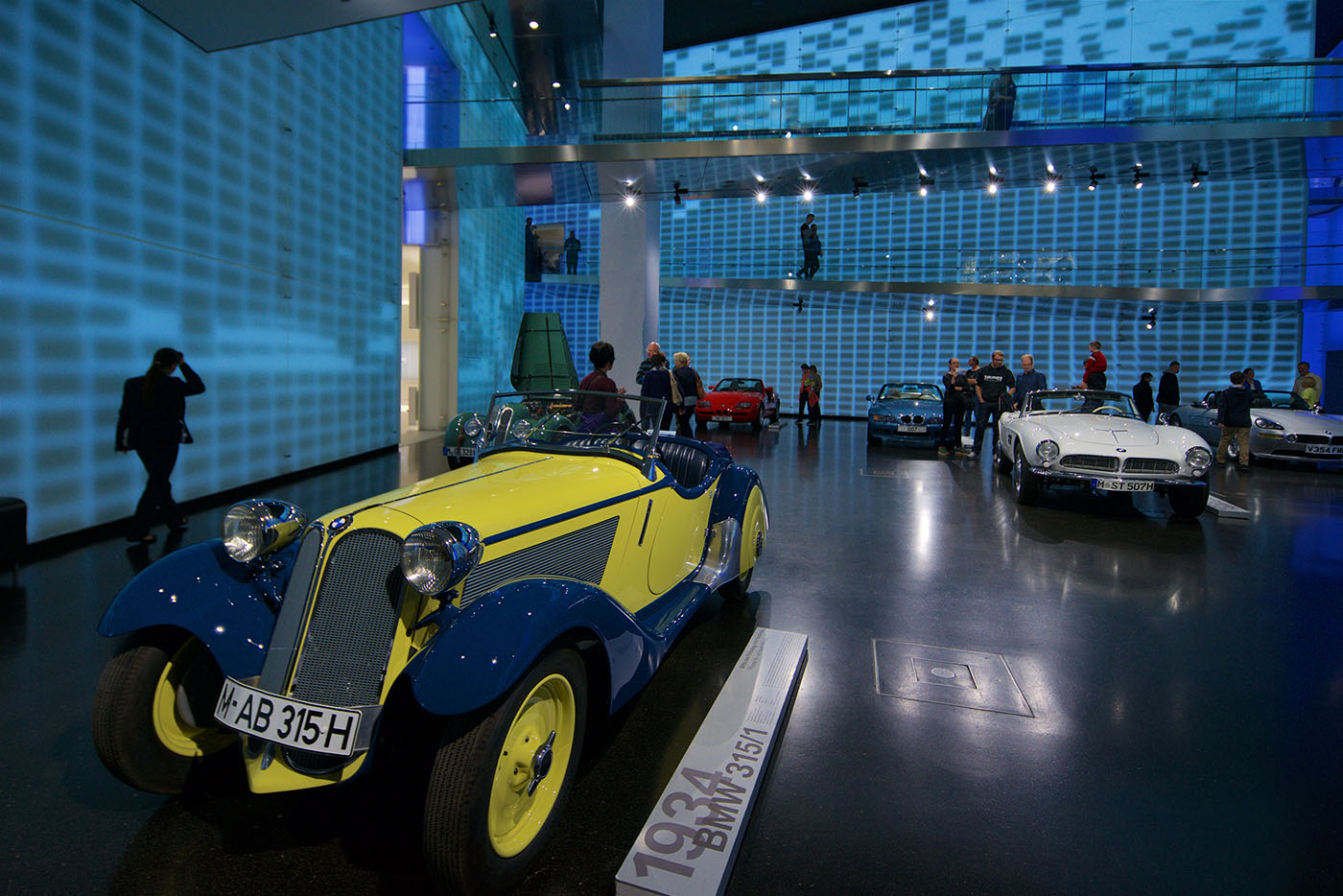
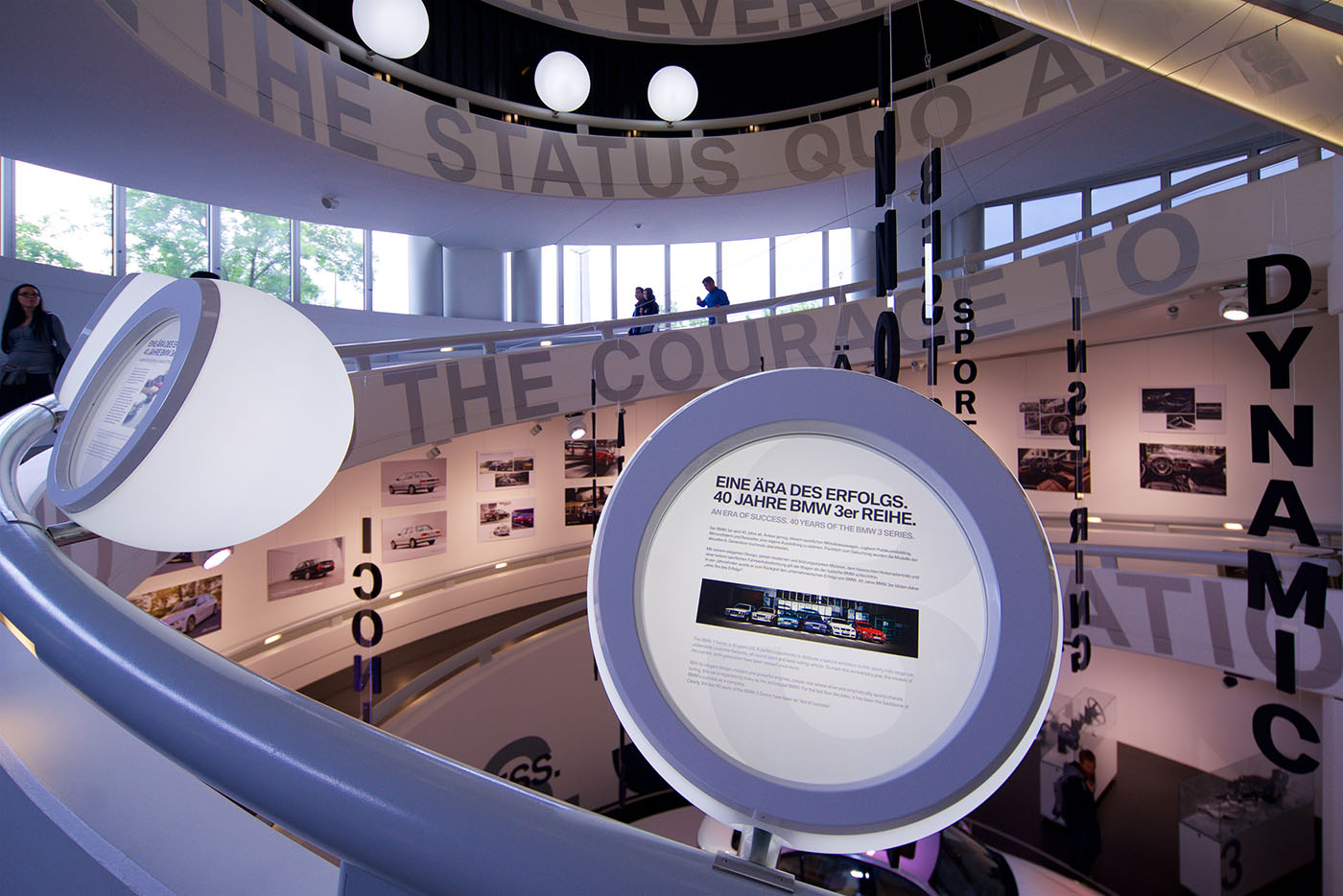


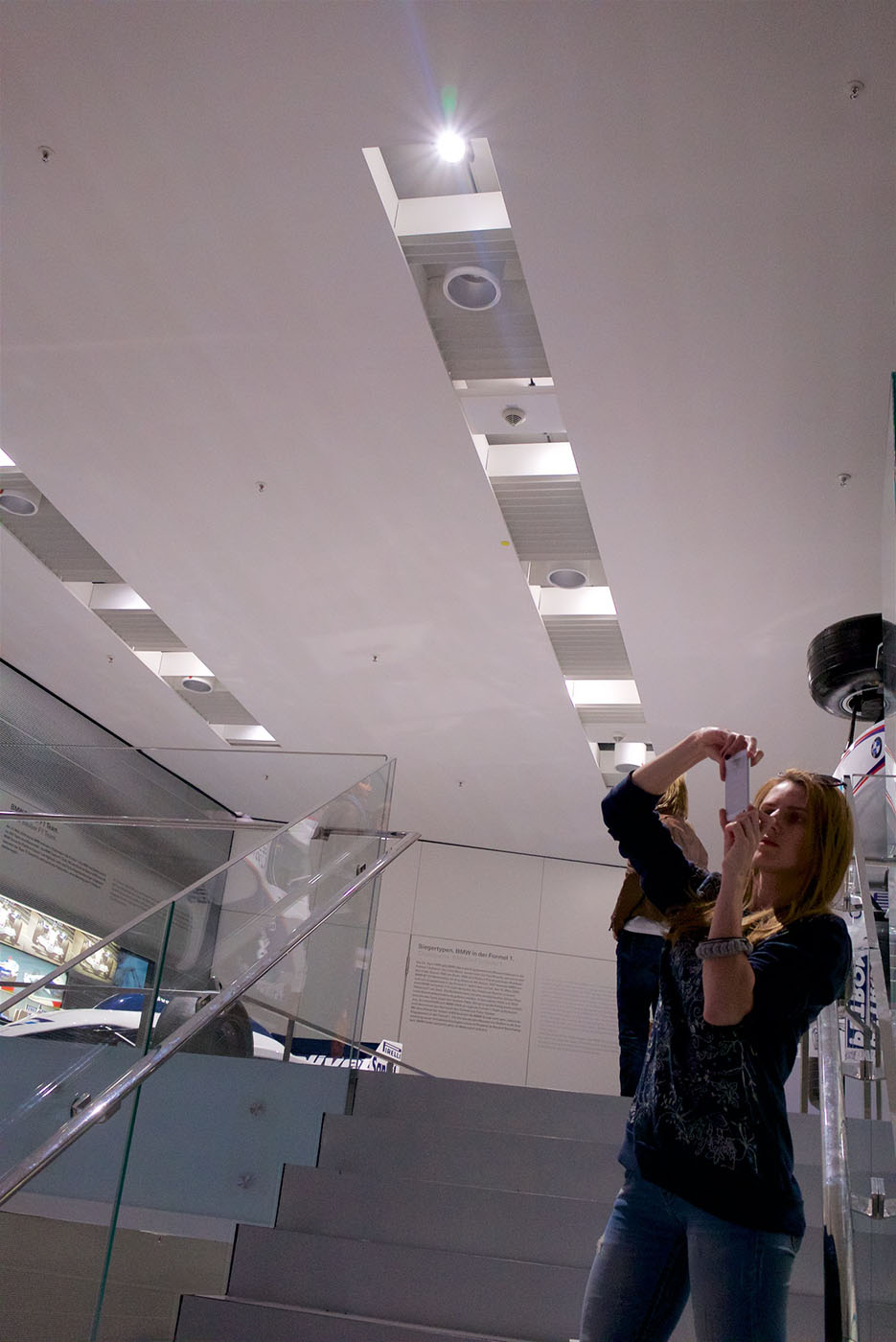
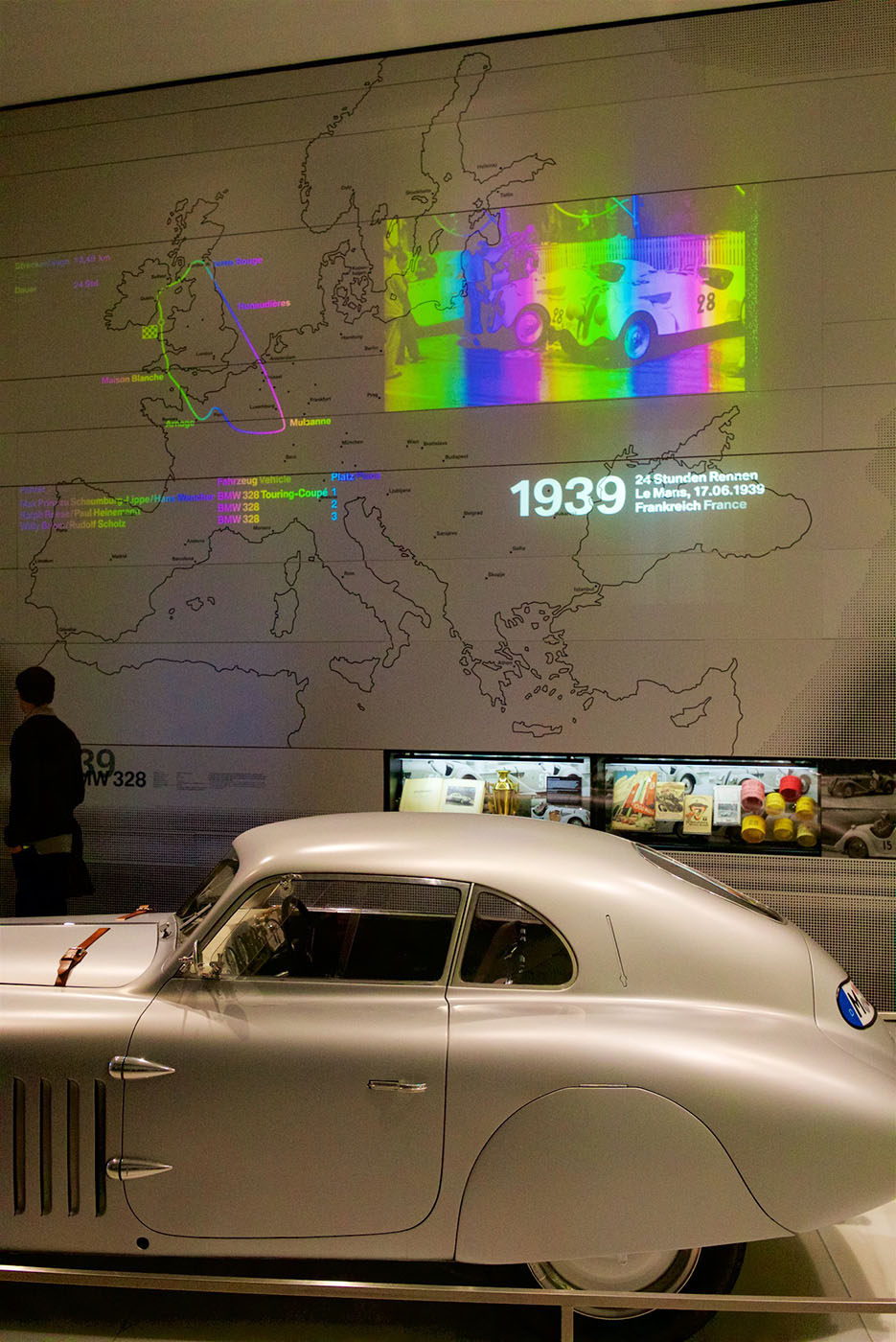
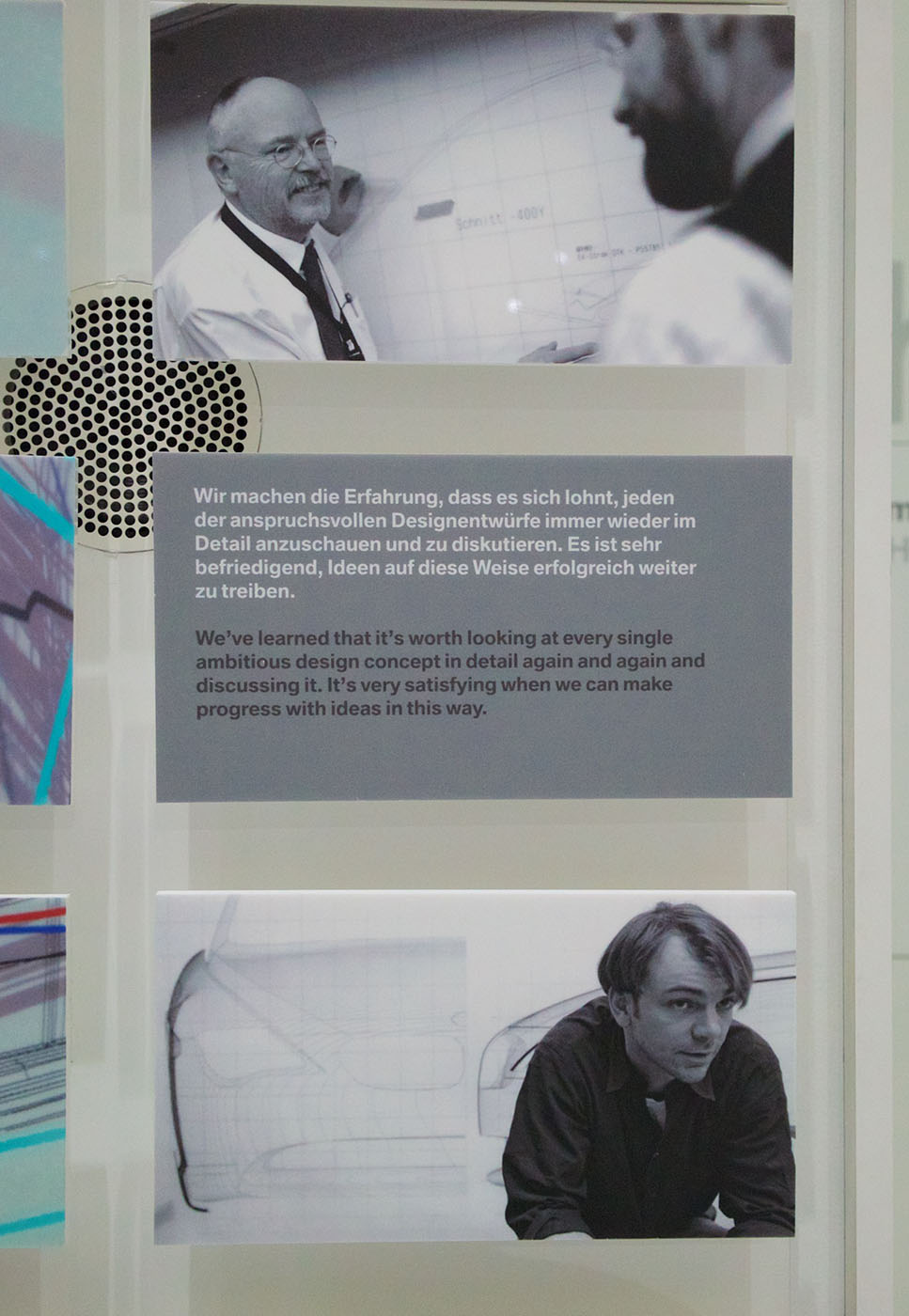

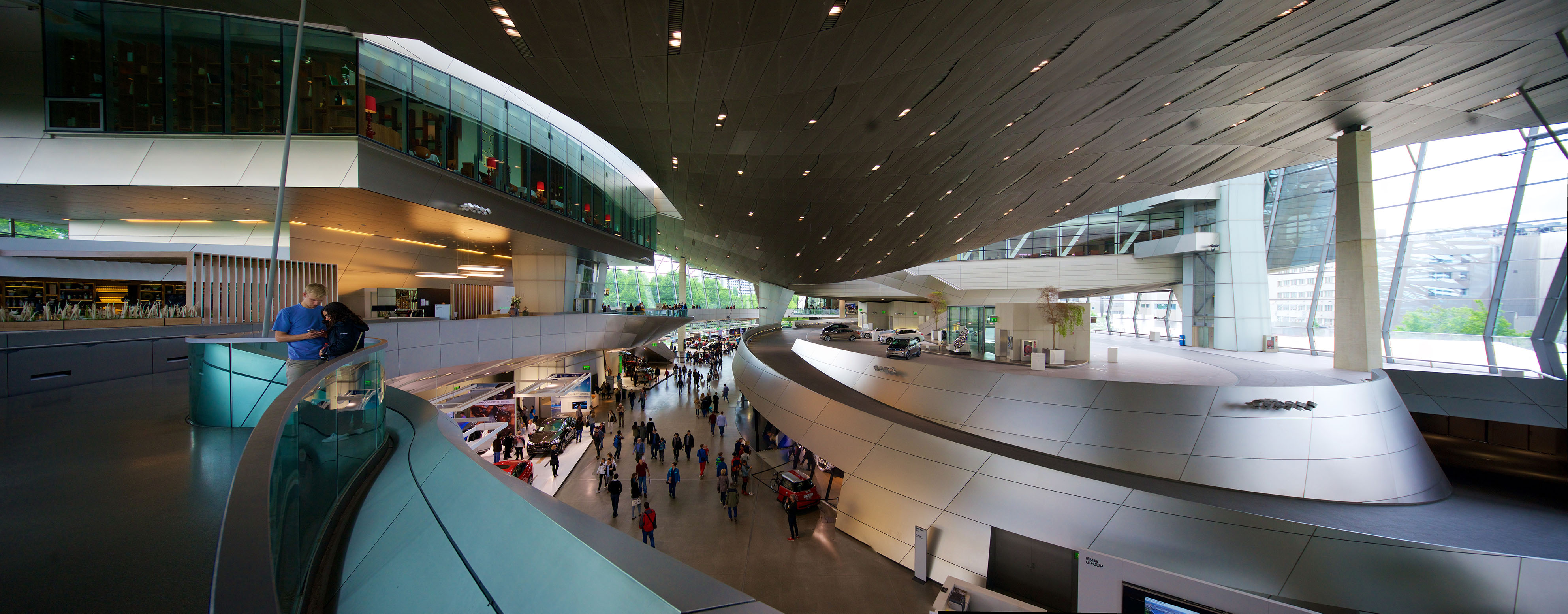

BMW Welt visitor information.
BMW’s minivan, or “2 series active tourer”.
* I apologize for the panoramic image errors. I am trying to improve my handheld technique. My cup runneth over – My Verse app.
This 25-Year-Old Is Turning a Profit Selling Pencils –
One morning last month a man sat down at his computer and ordered $4,000 worth of pencils designed to look like John Steinbeck’s favorite, the Blackwing 24.
“It’s probably the most iconic pencil ever made in America,” says Caroline Weaver, whose shop on New York’s Lower East Side, C.W. Pencil Enterprise, took the order of 1,920 pencils. C.W. carries more than 200 types of pencils, including the Blackwing (also favored by Walt Disney), as well as a dozen erasers and sharpeners, and zero mechanicals.
Cheap Solar Power
Over the last few years solar PV has got cheap. Cheap enough to start impacting some commodity energy markets today. Cheap enough that with continued progress, but no breakthroughs, it might alter the global outlook for energy supply within a decade.
I have long been skeptical of solar hype. In 2008 we did an expert judgment exercise suggesting only even odds of getting to module prices of 0.3 $/W in 2030. In 2011 we did some analysis showing how the power-law learning curve for modules appeared to be flattening. That analysis was done at the end of a decade that saw big increases in installed capacity, with little corresponding change in module prices. The solar market was driven by incentives, like tax credits and feed-in tariffs that drove rooftop solar seem systems which are (arguably) little more than green bling for the wealthy. I worried that deployment incentives (global total amounting to many hundreds of billions of dollars over the past decade) would simply lock in the current technologies and do little to drive the breakthroughs that were needed to get solar cheap enough to compete for commodity power.



